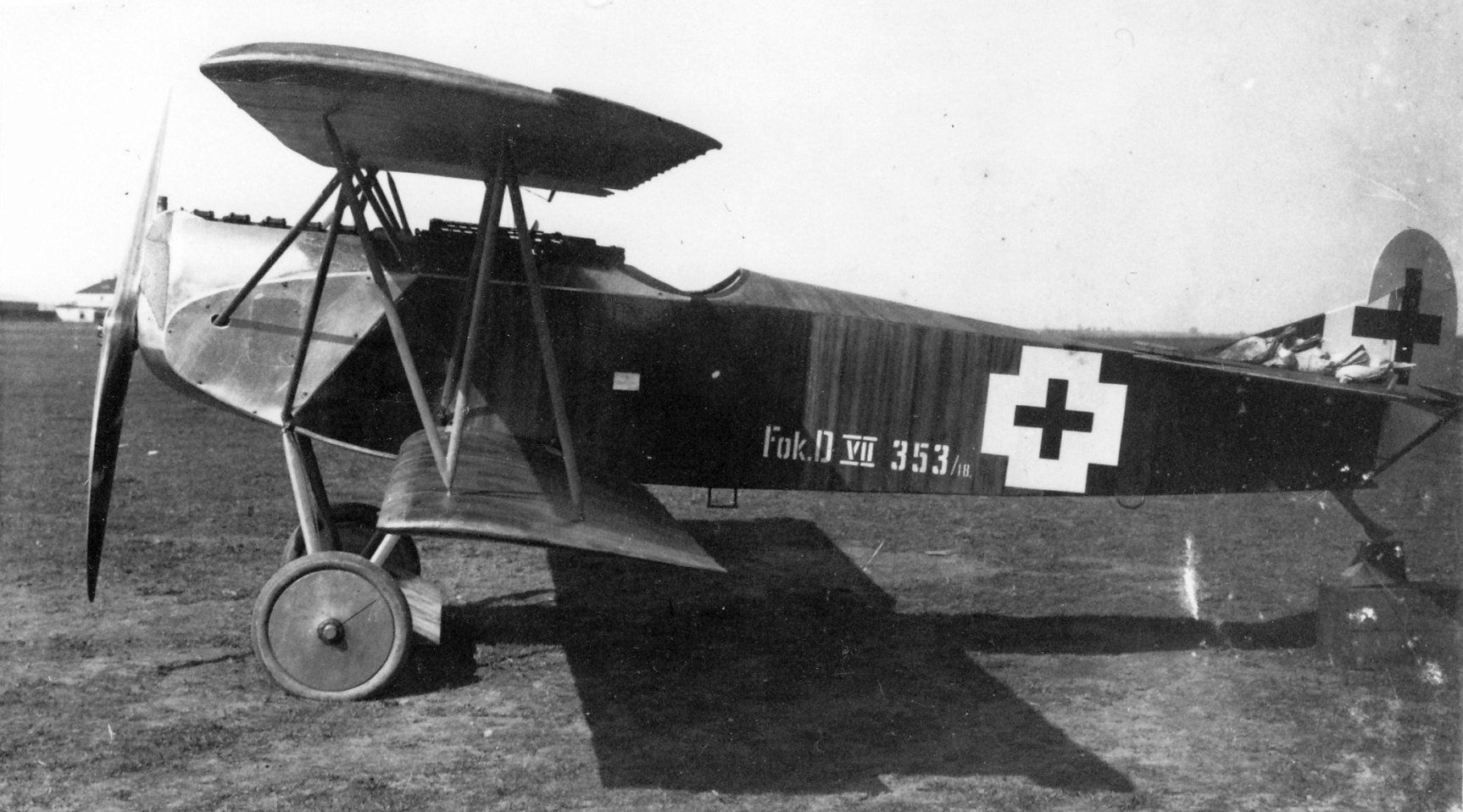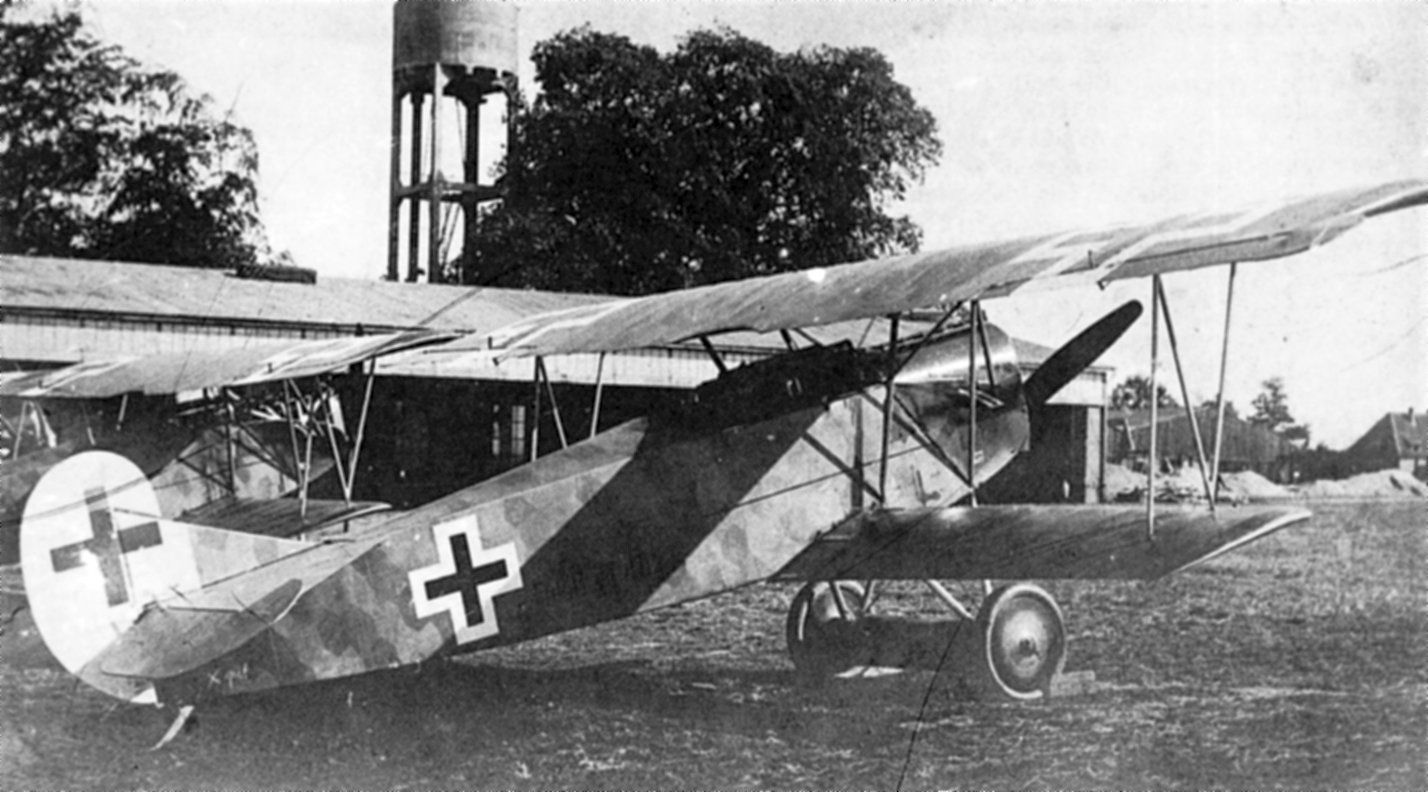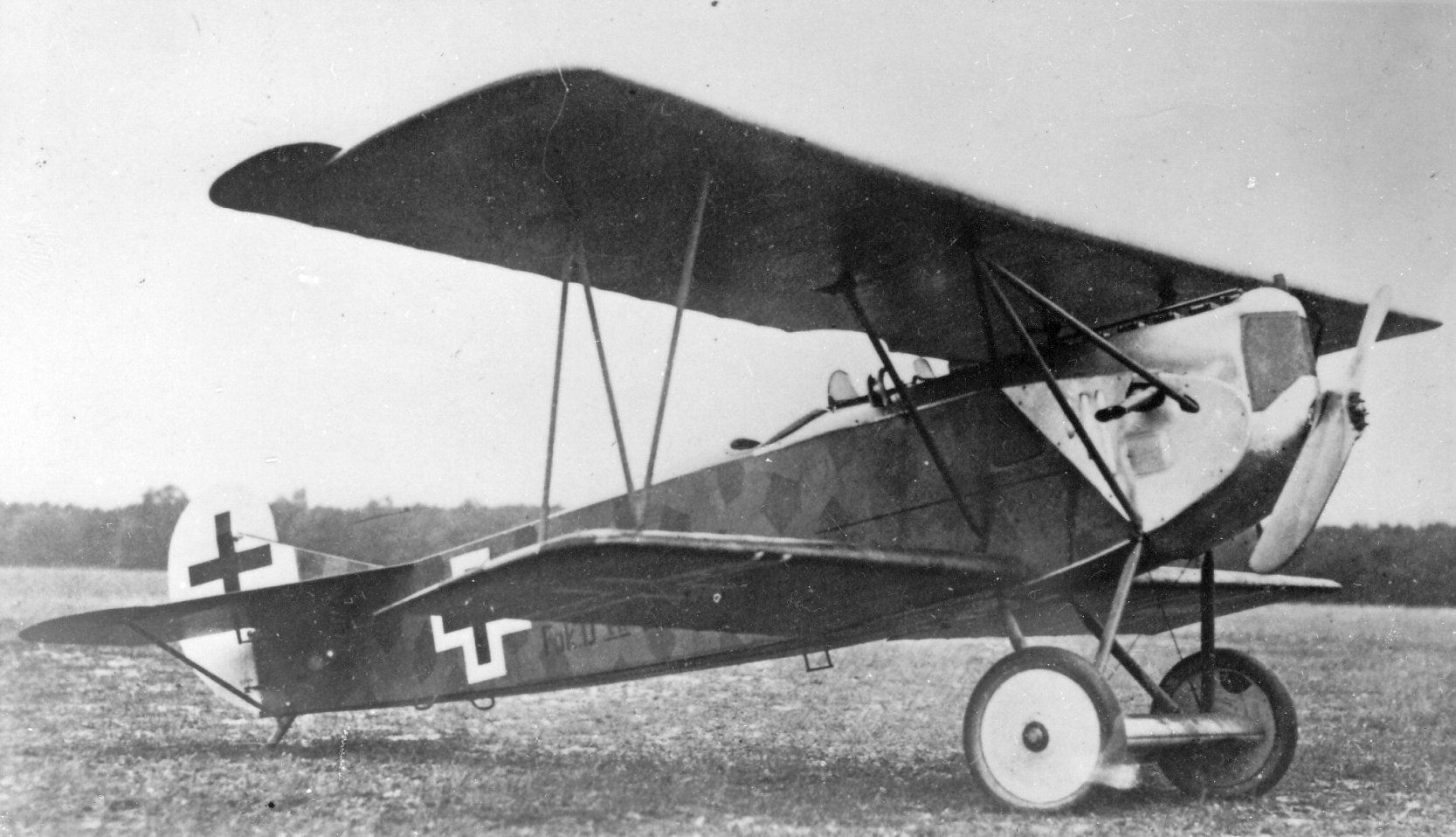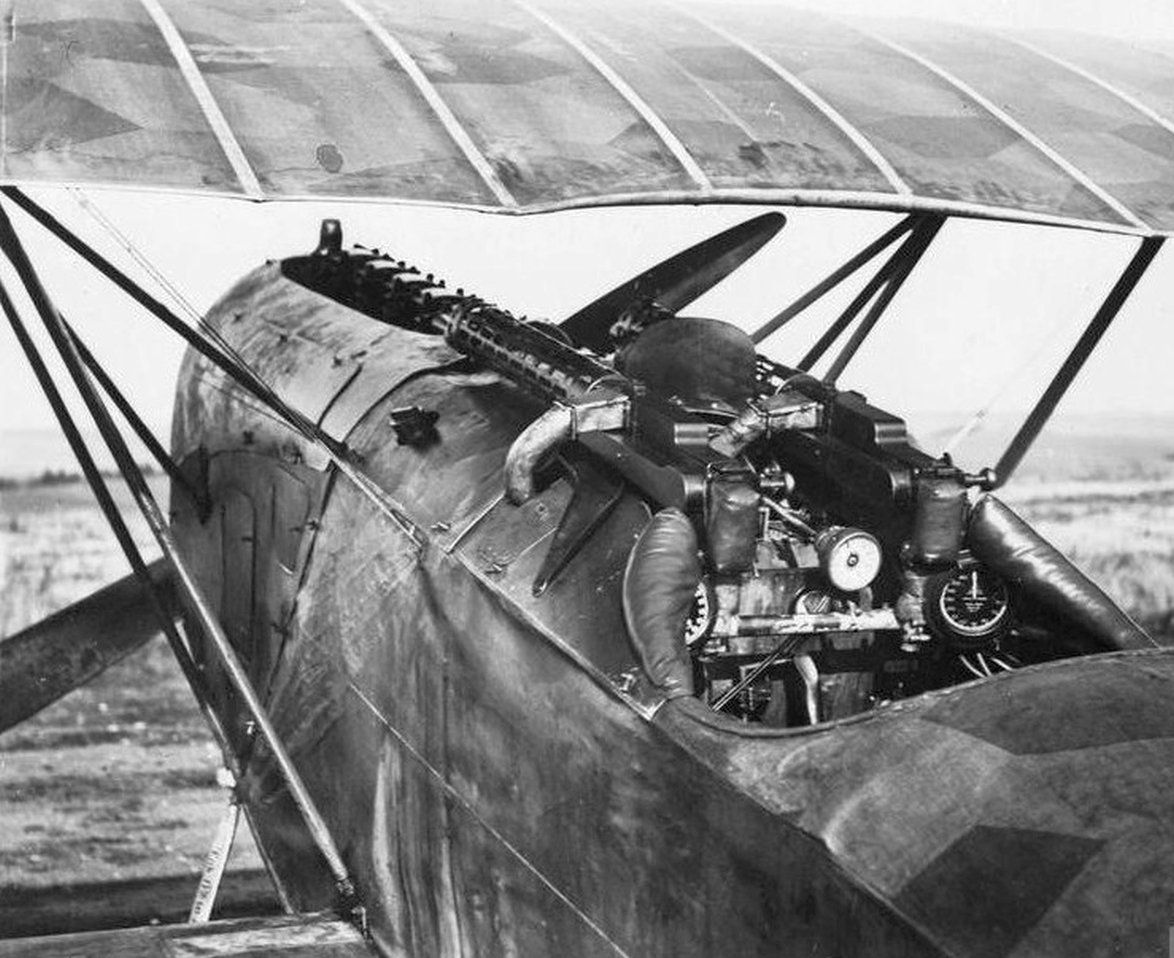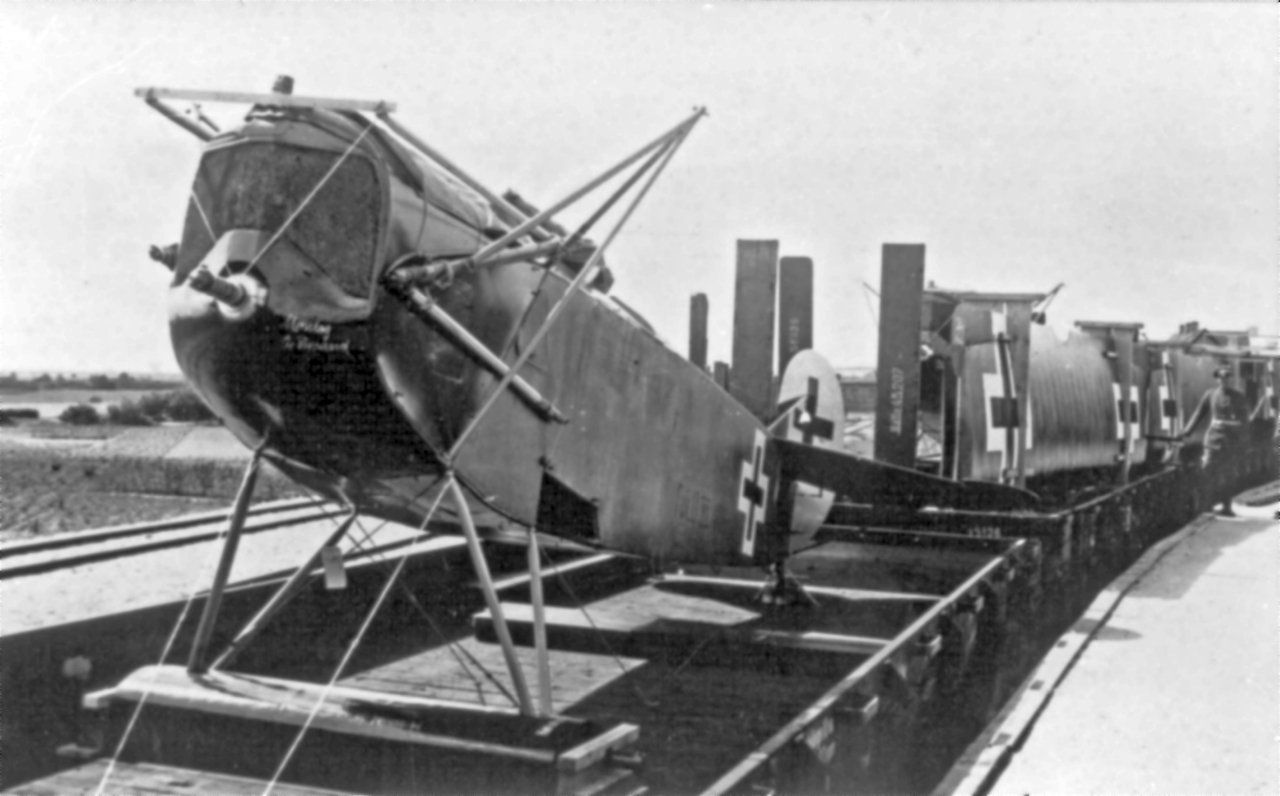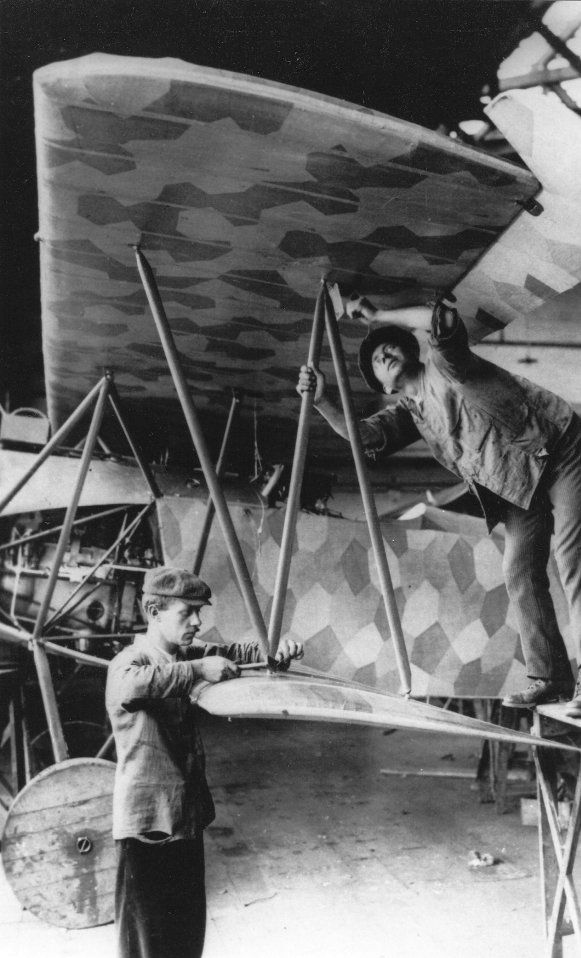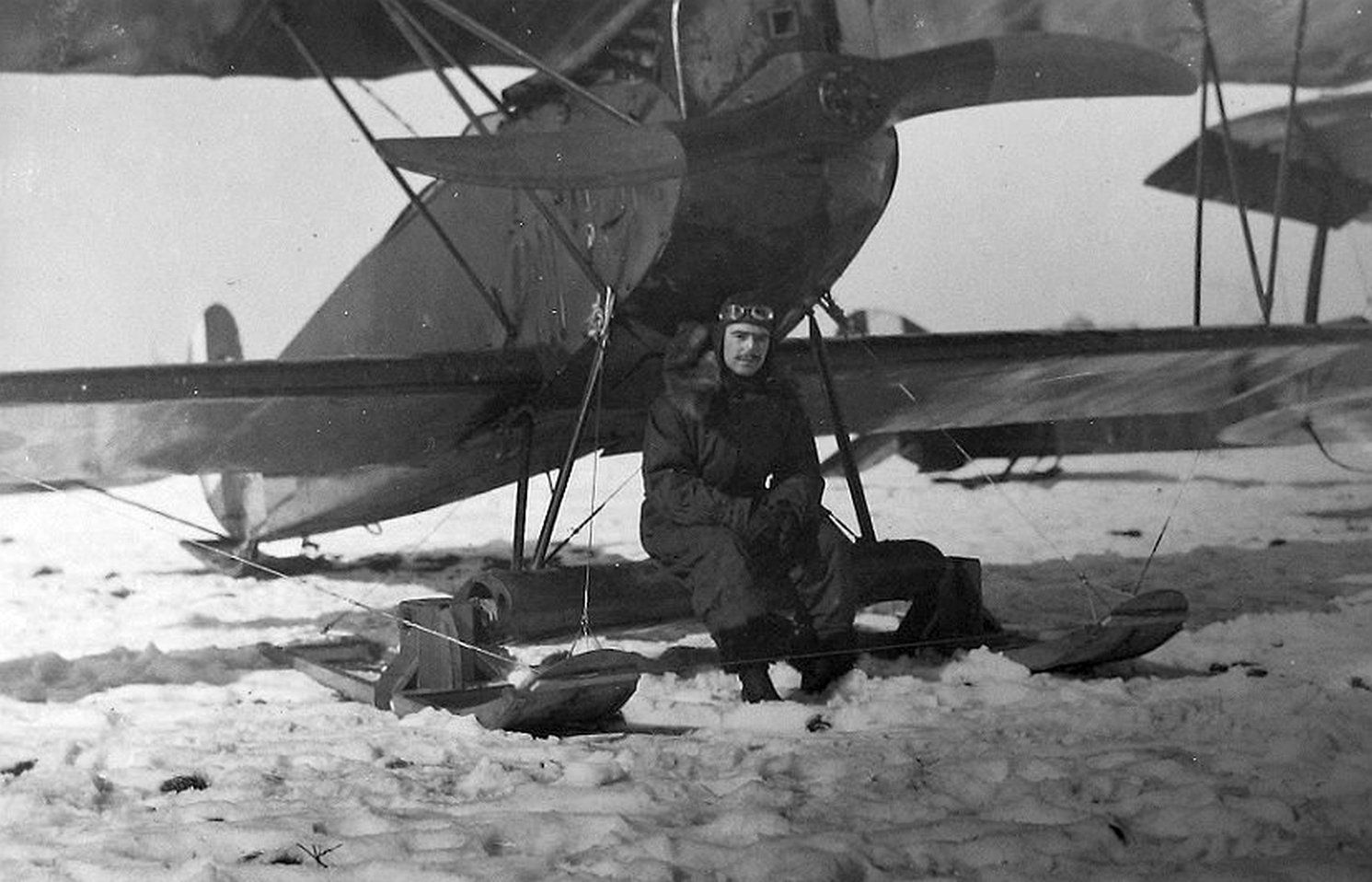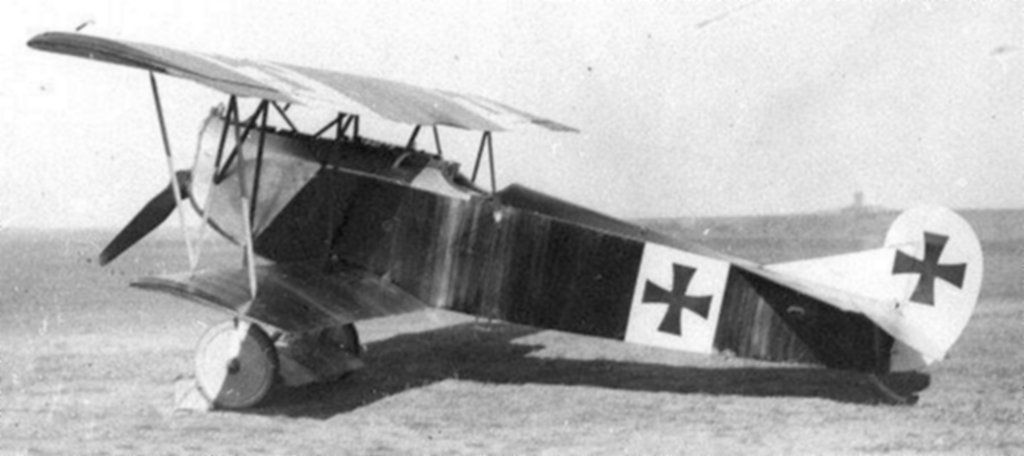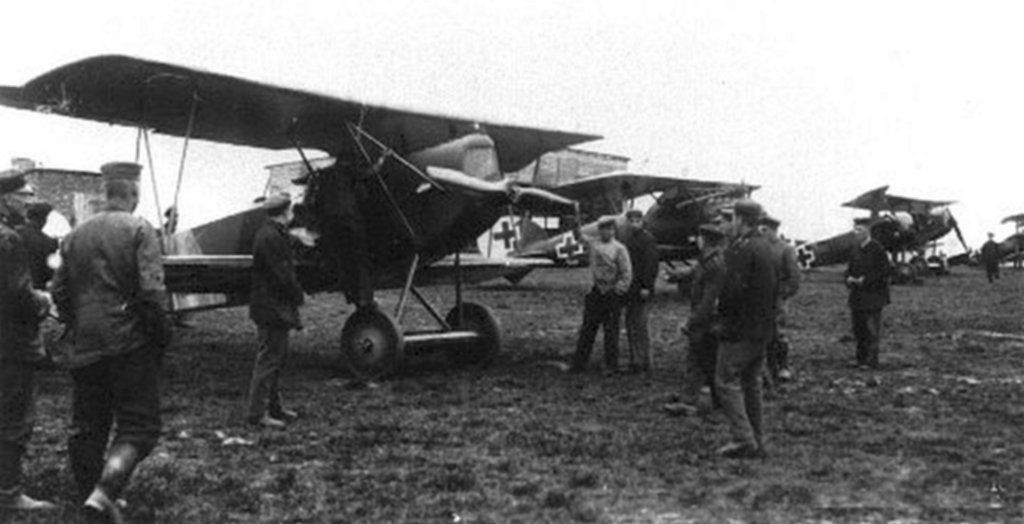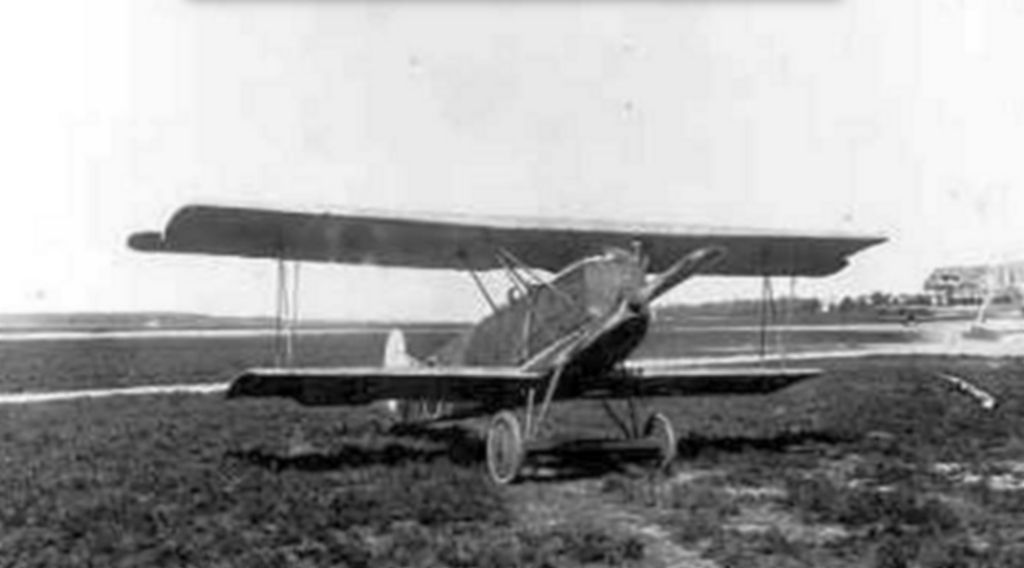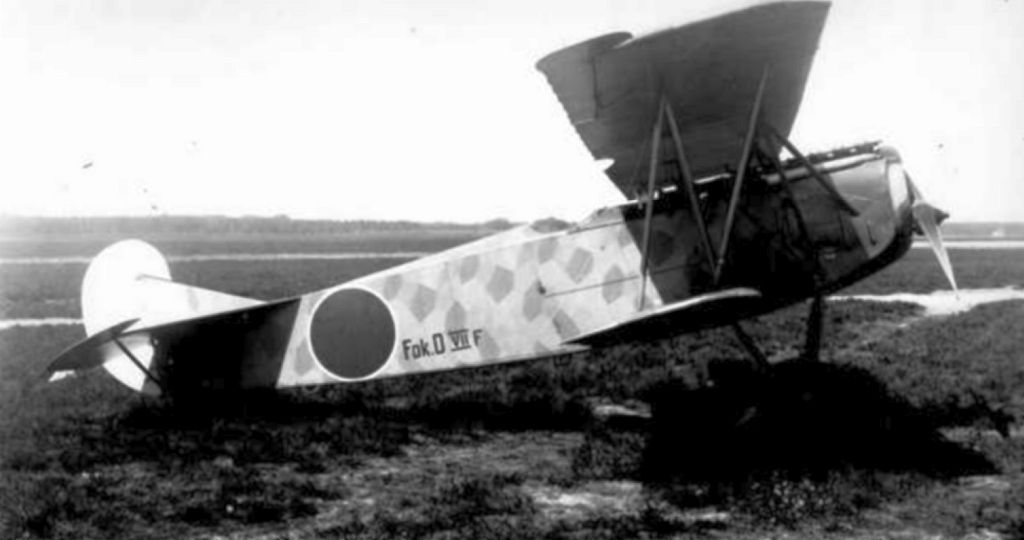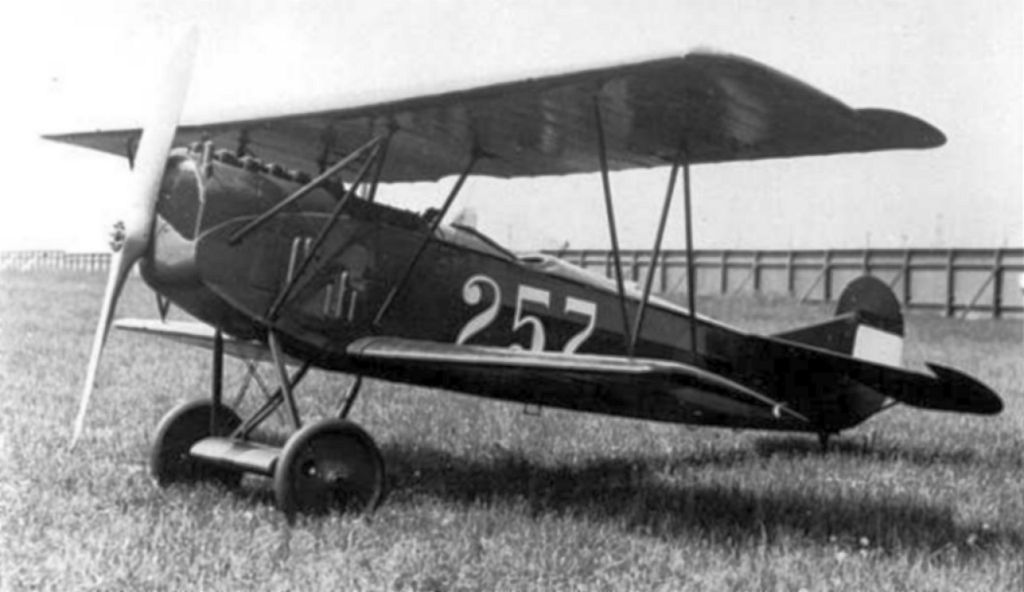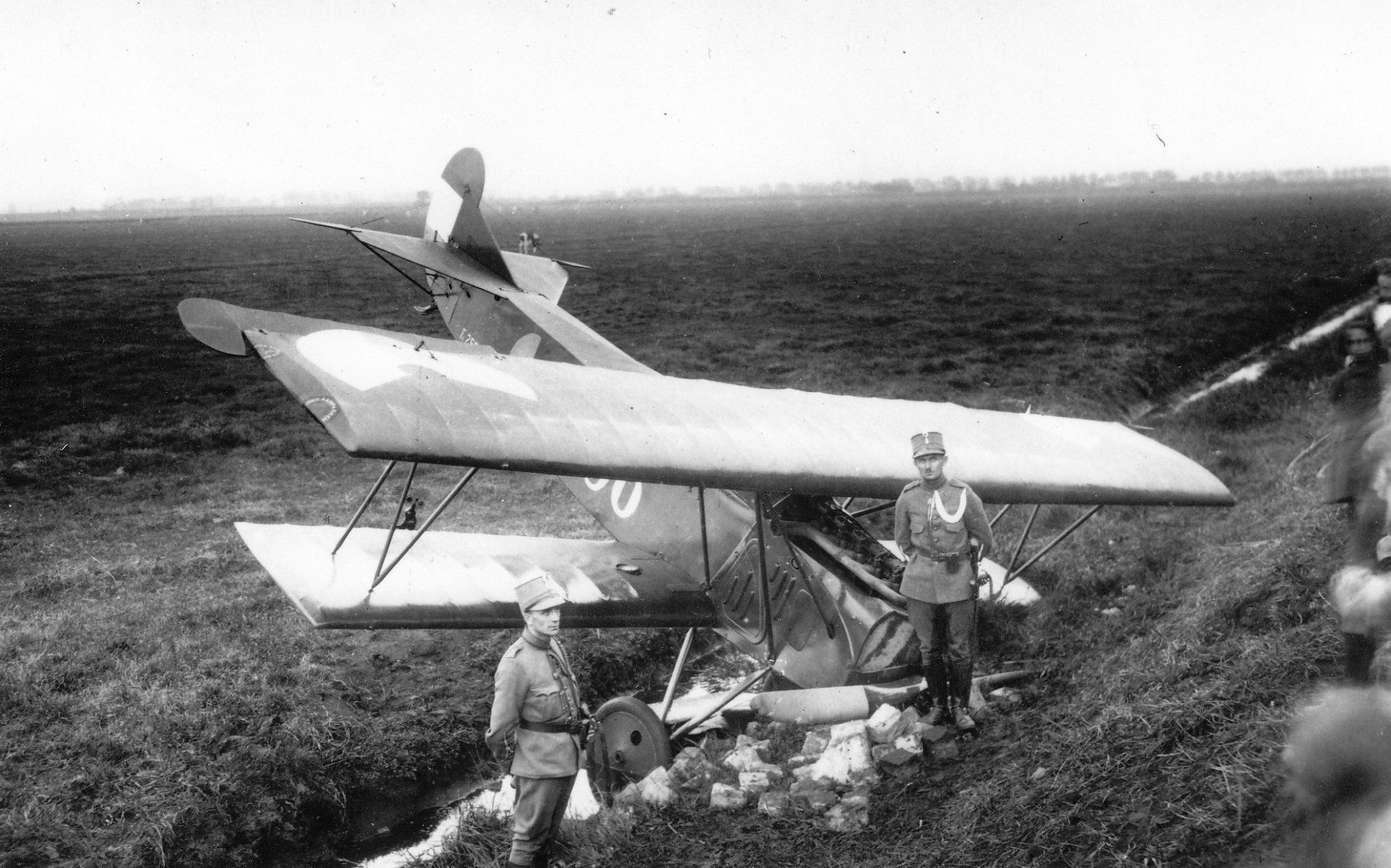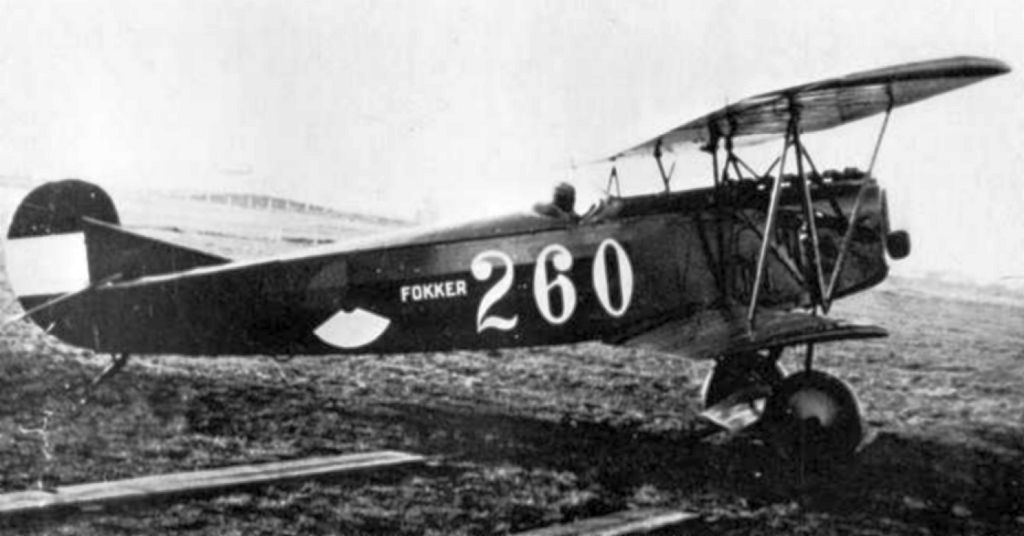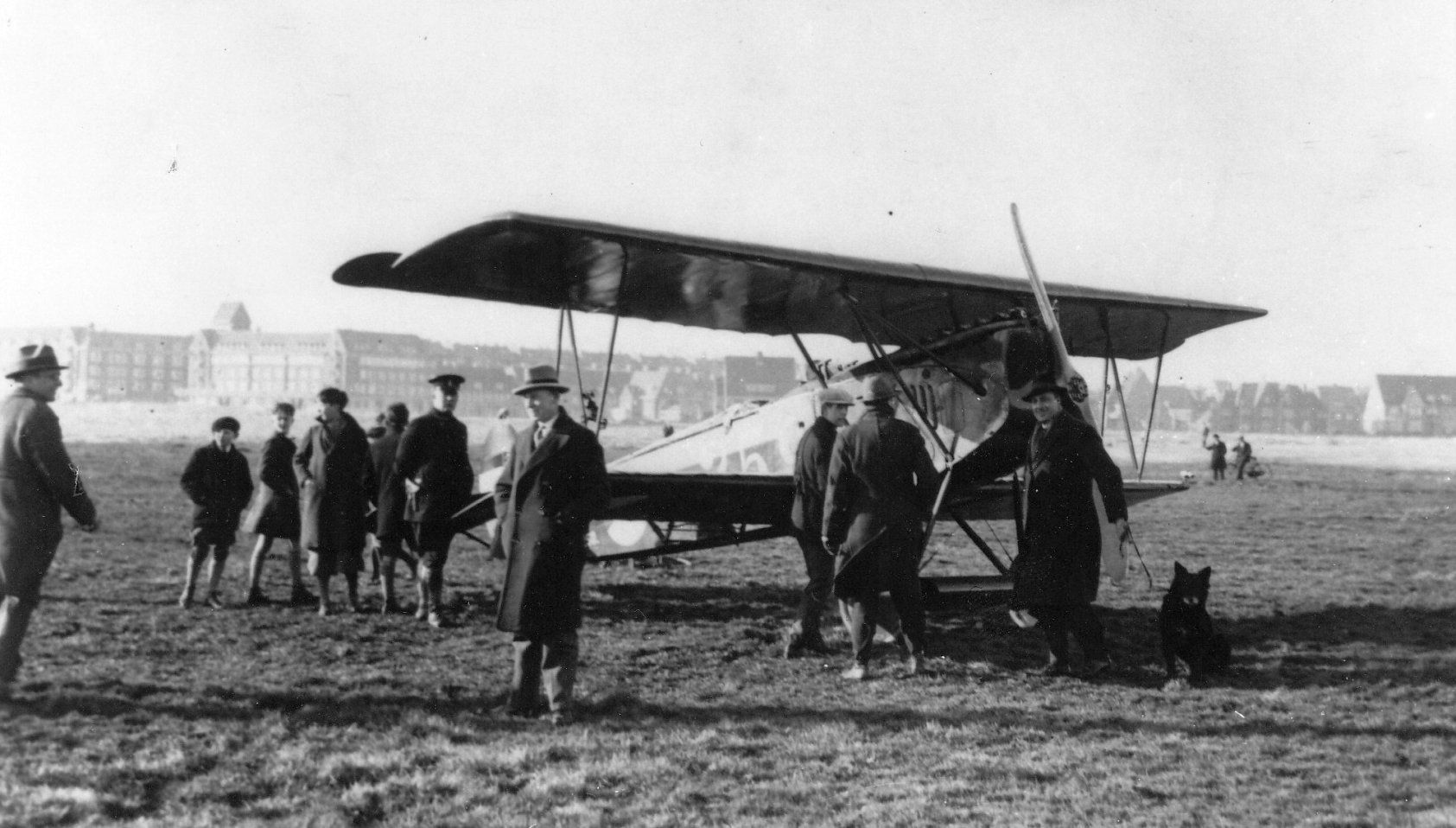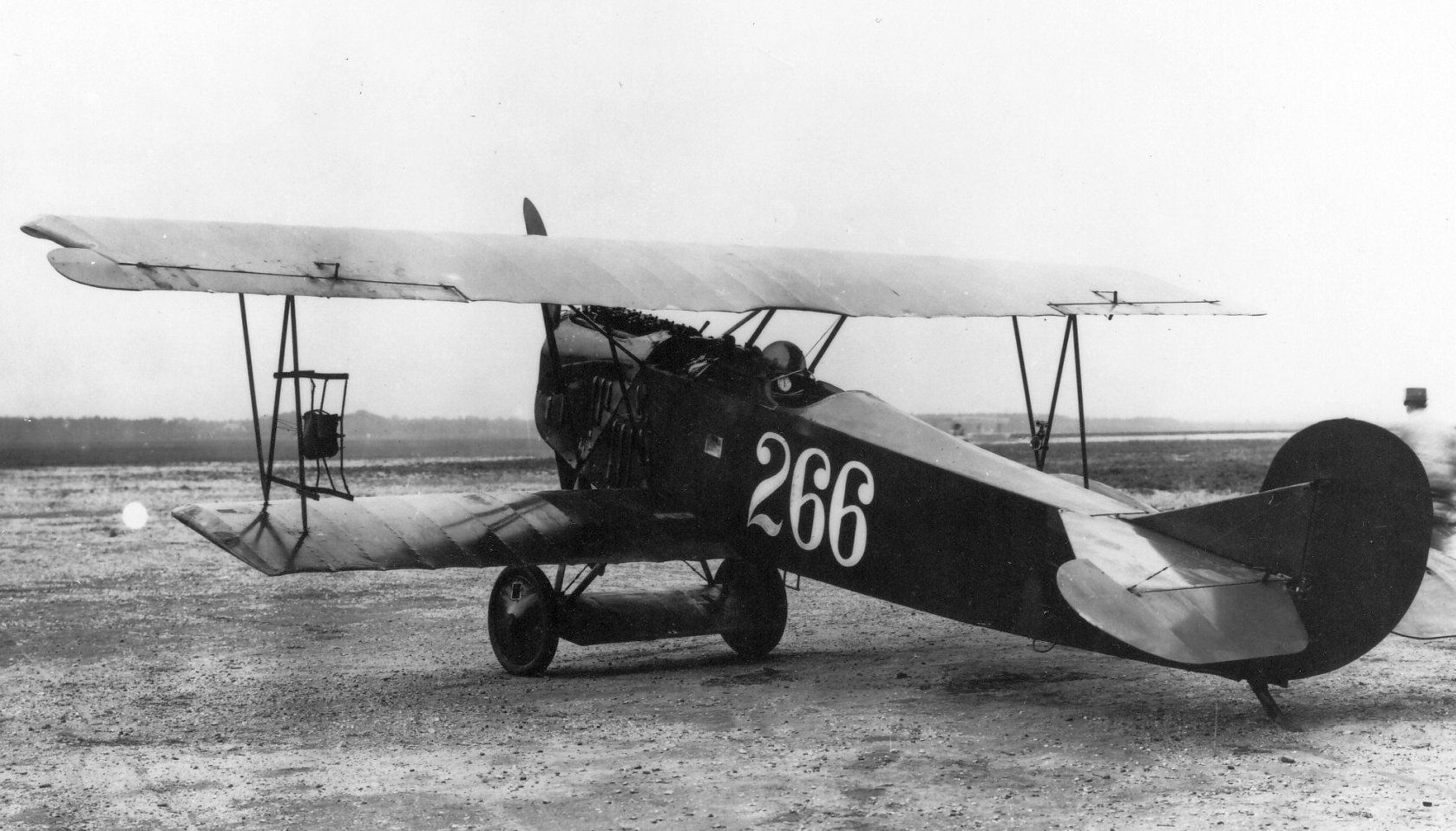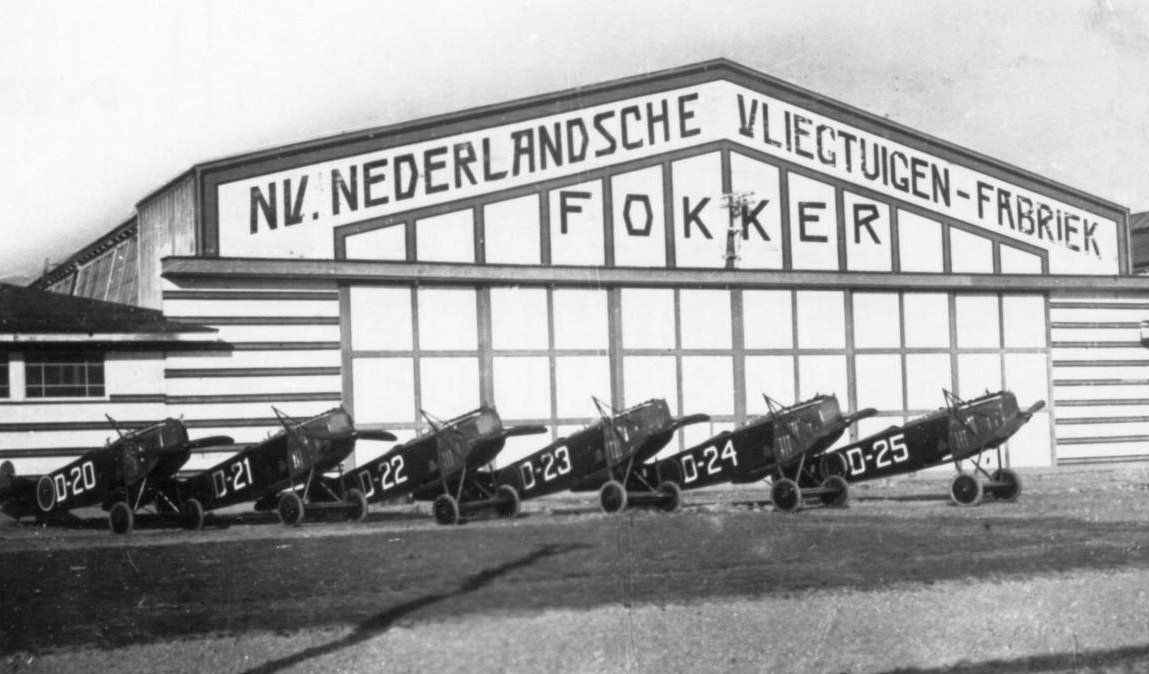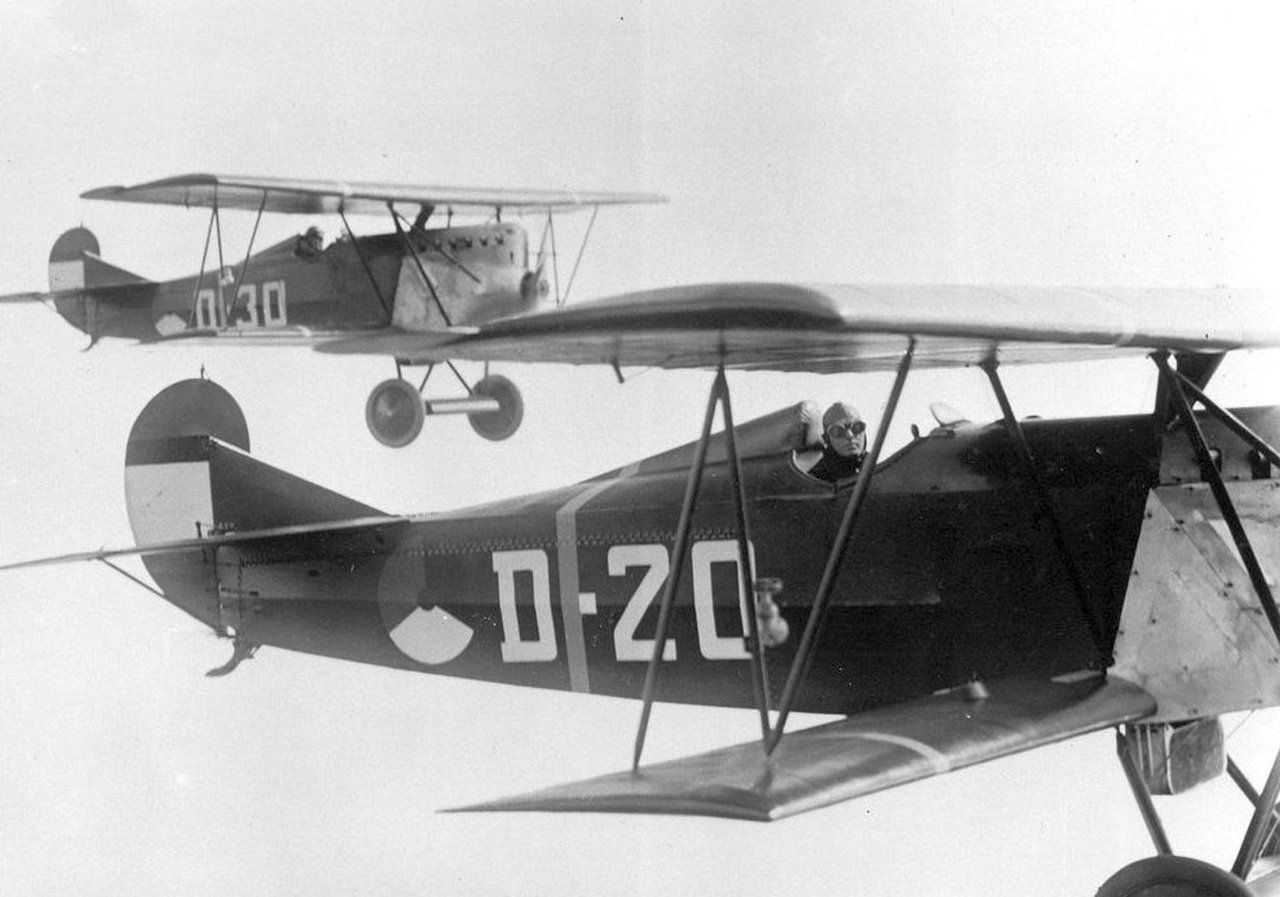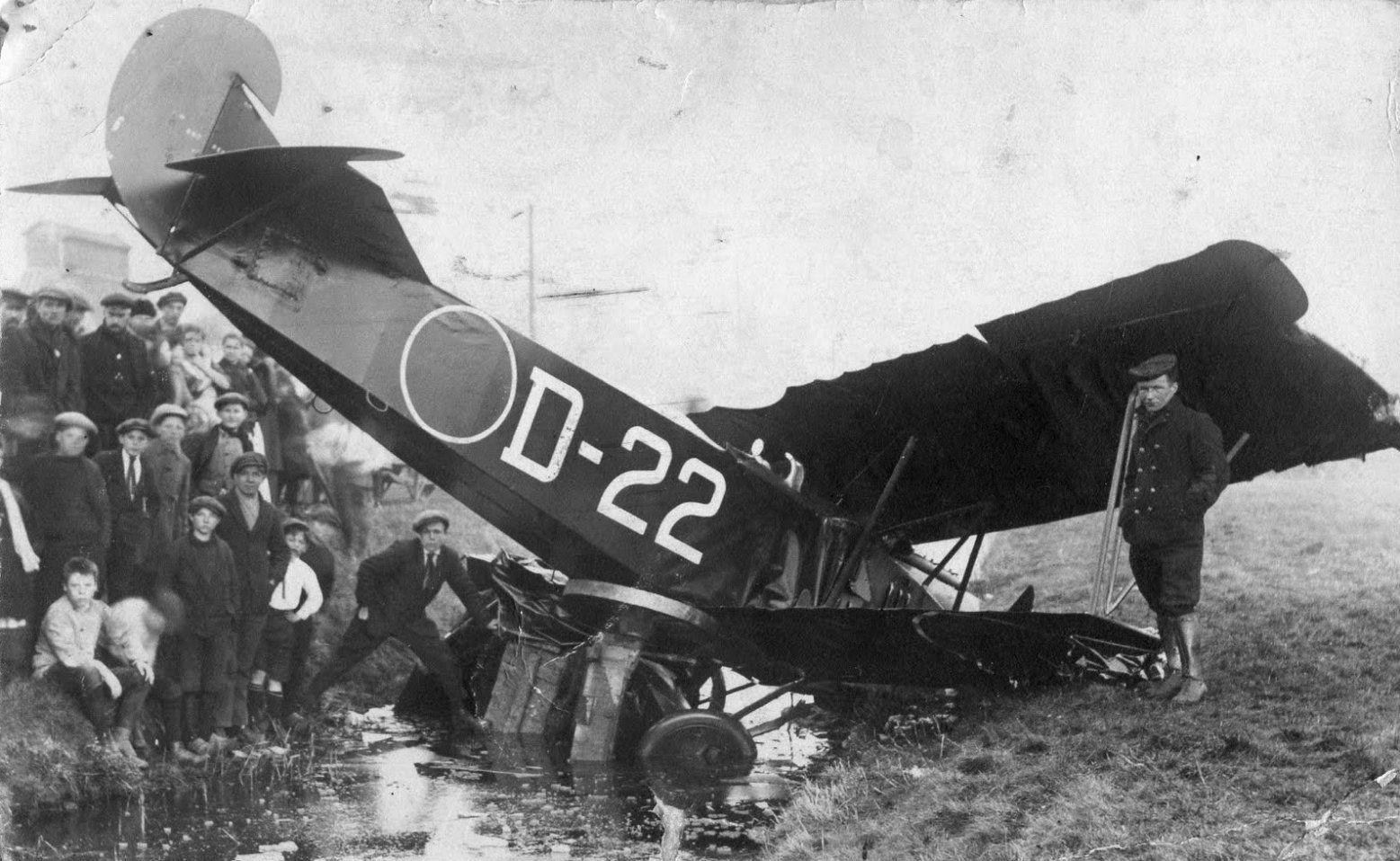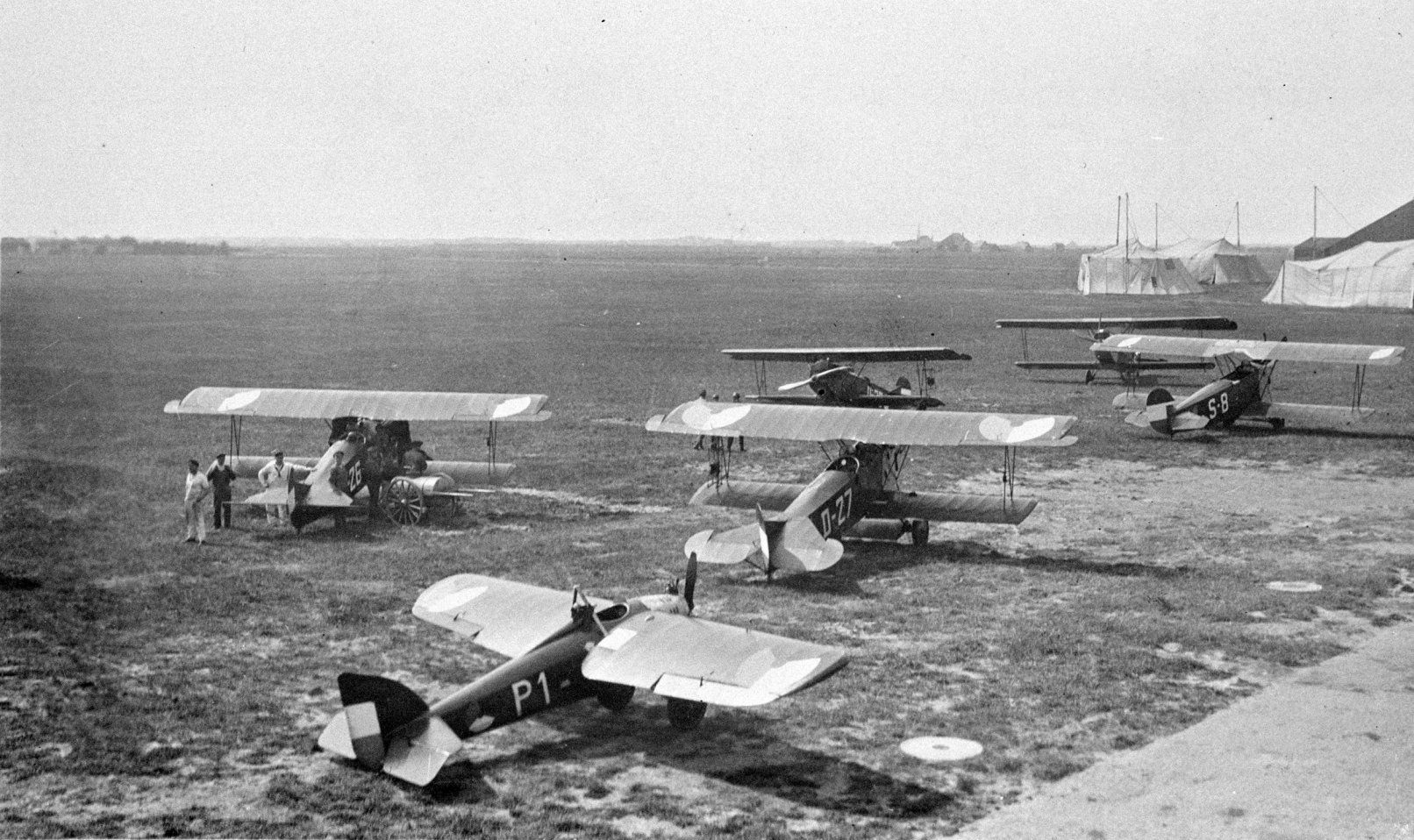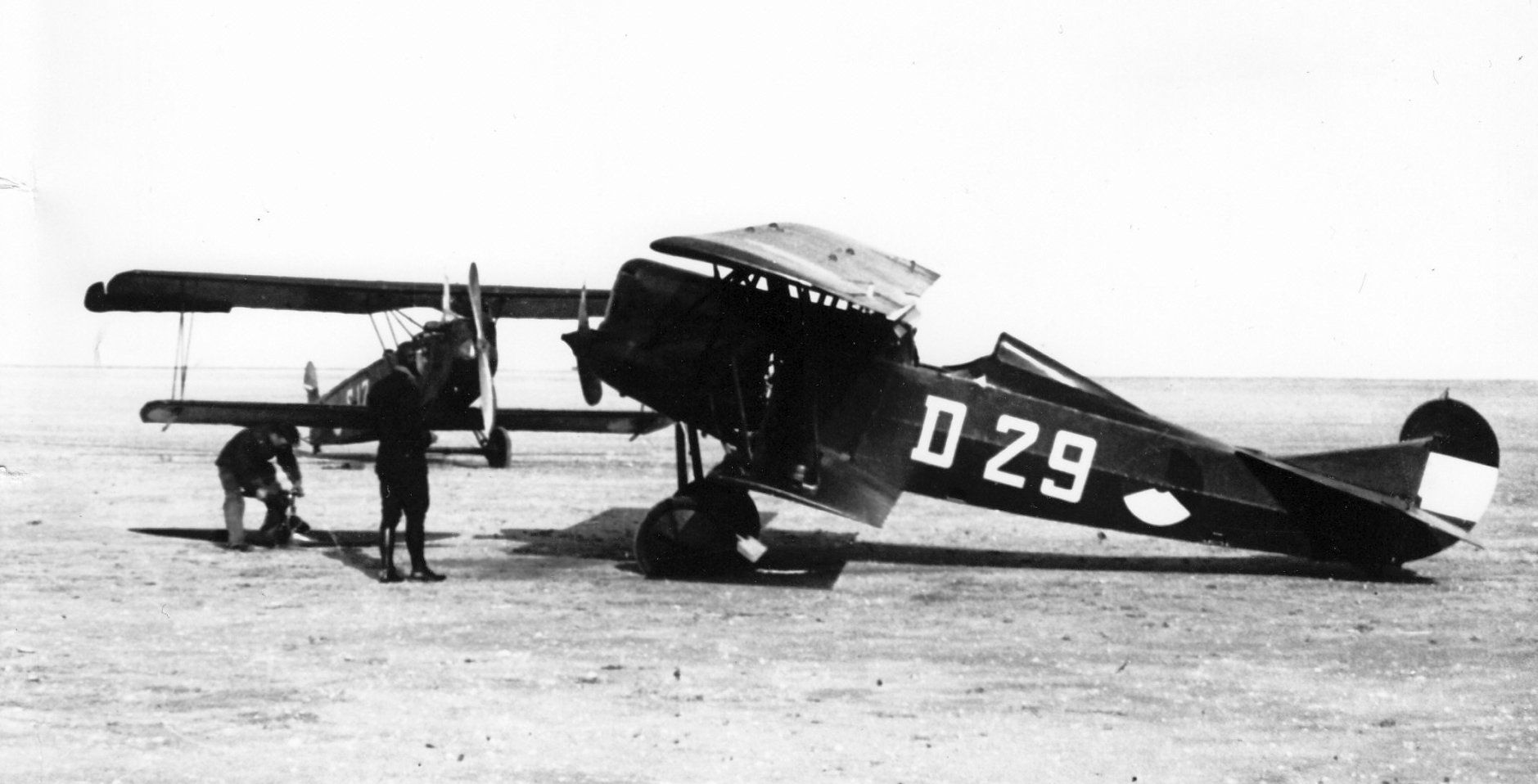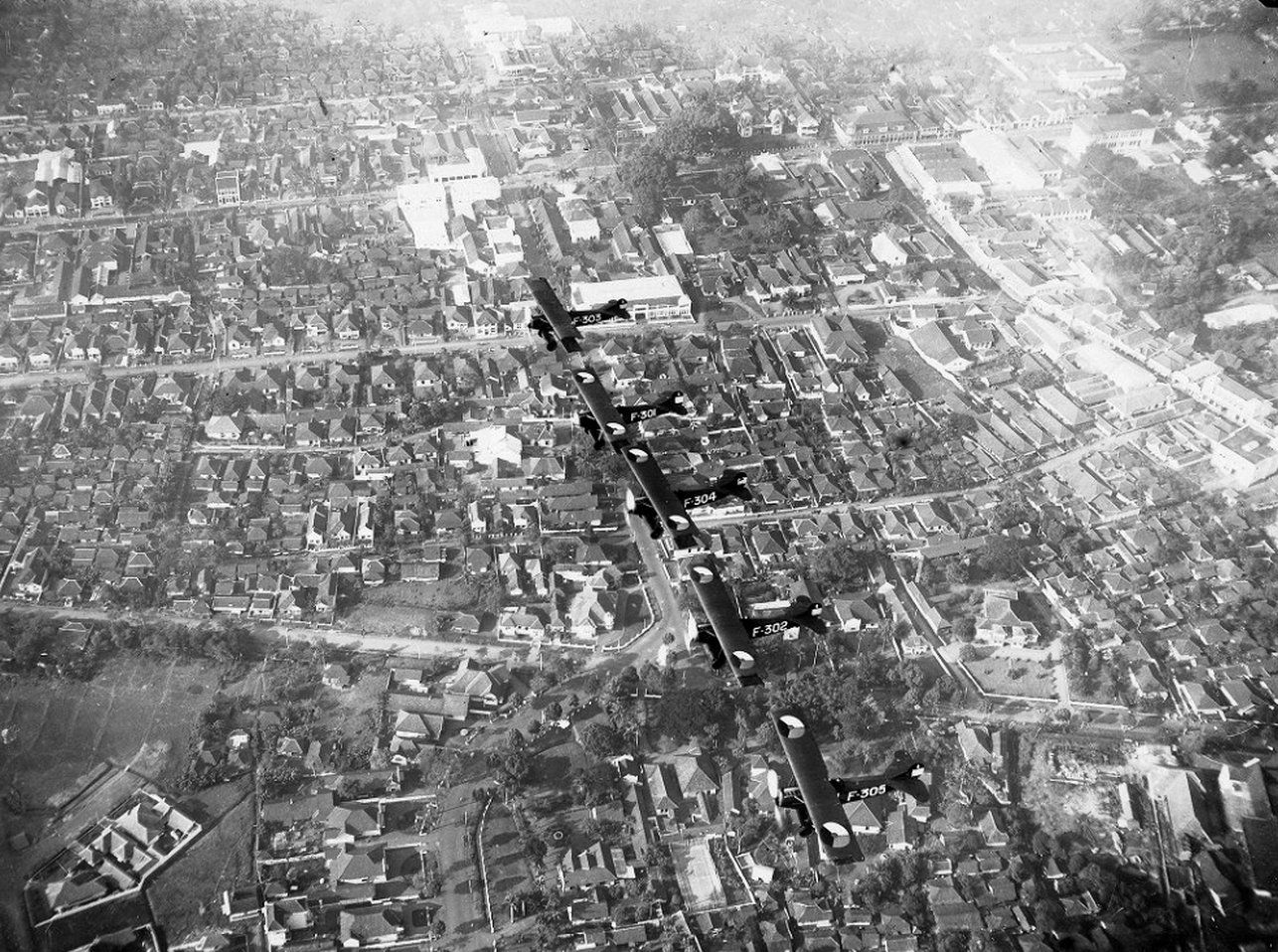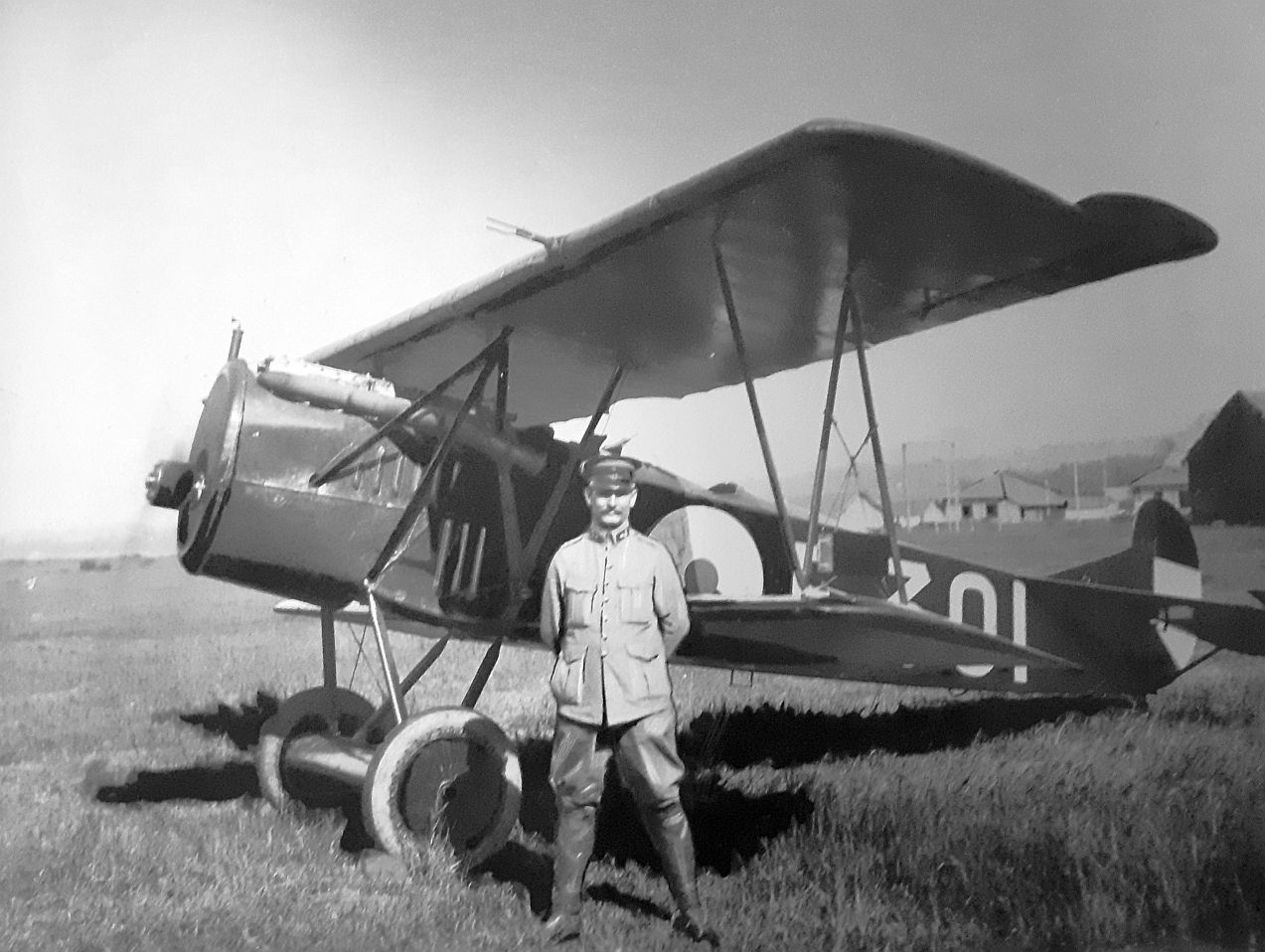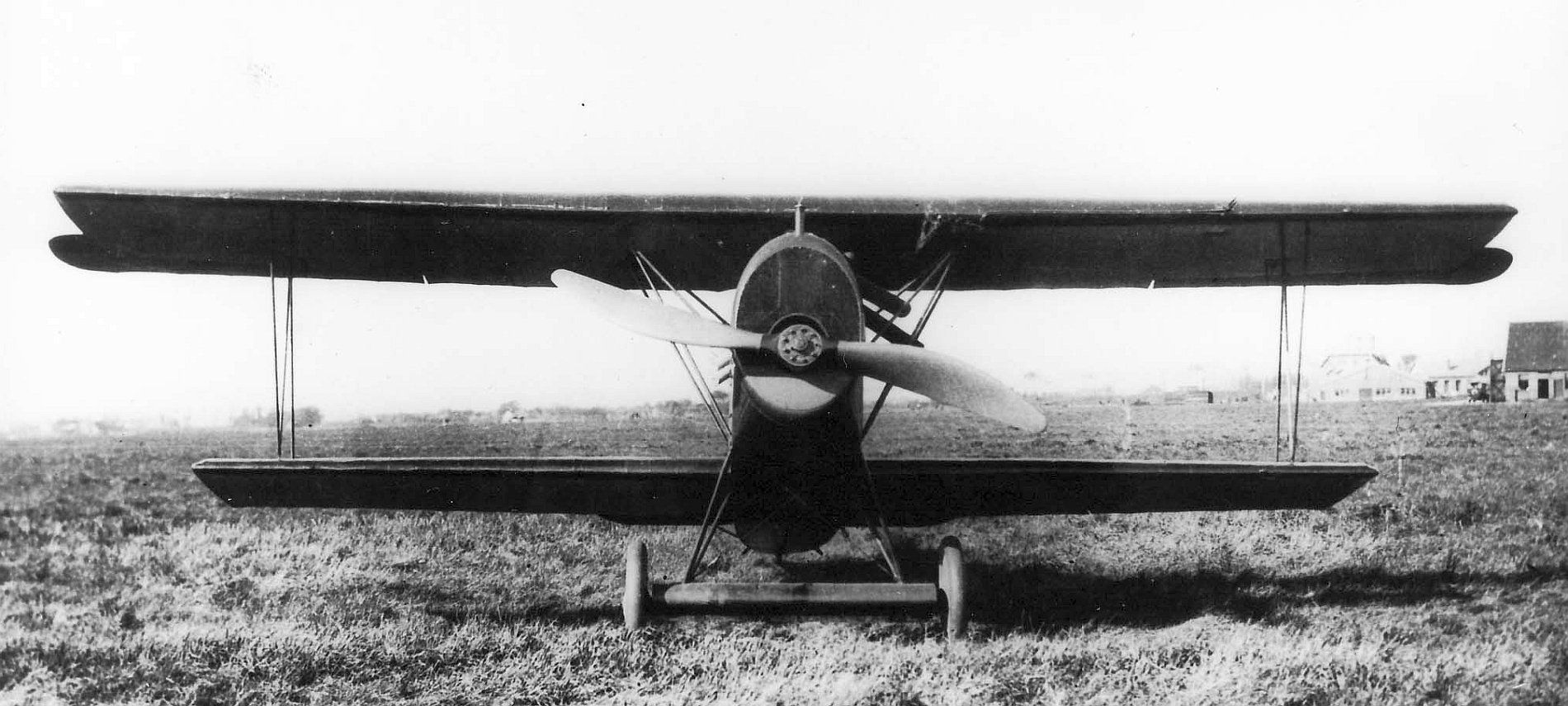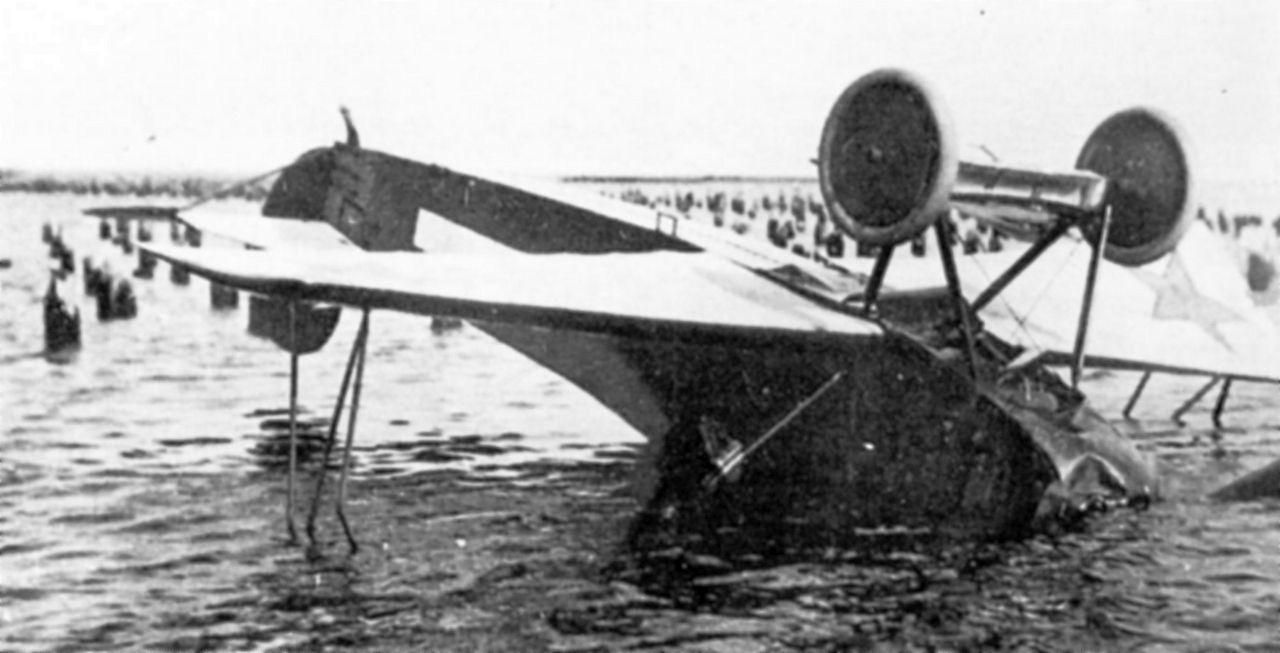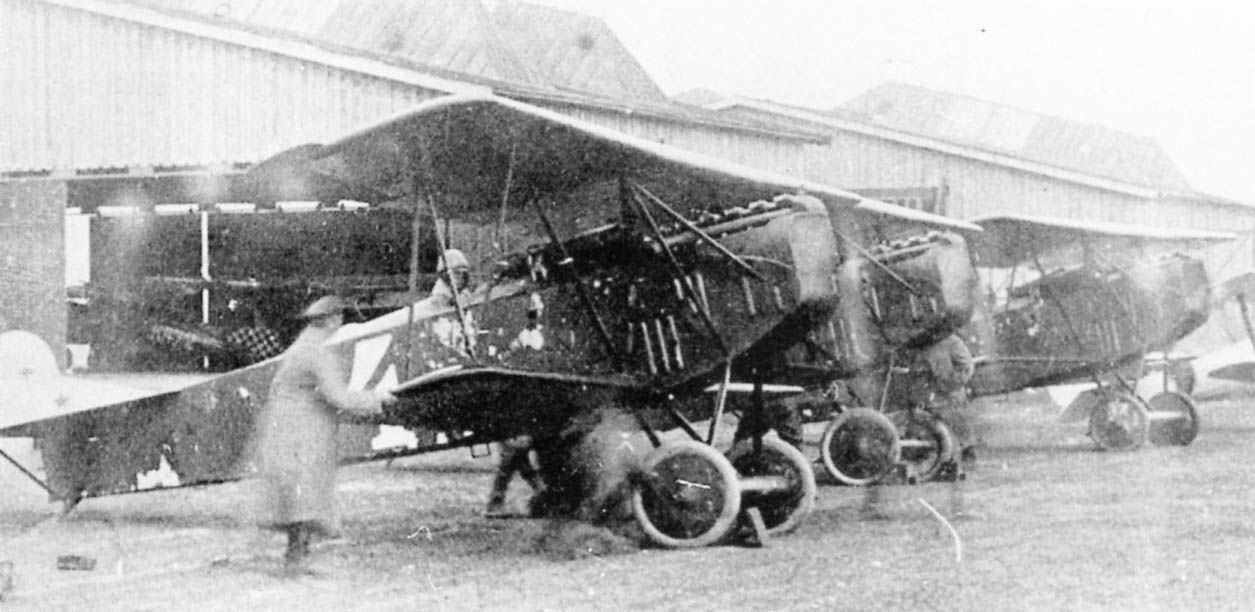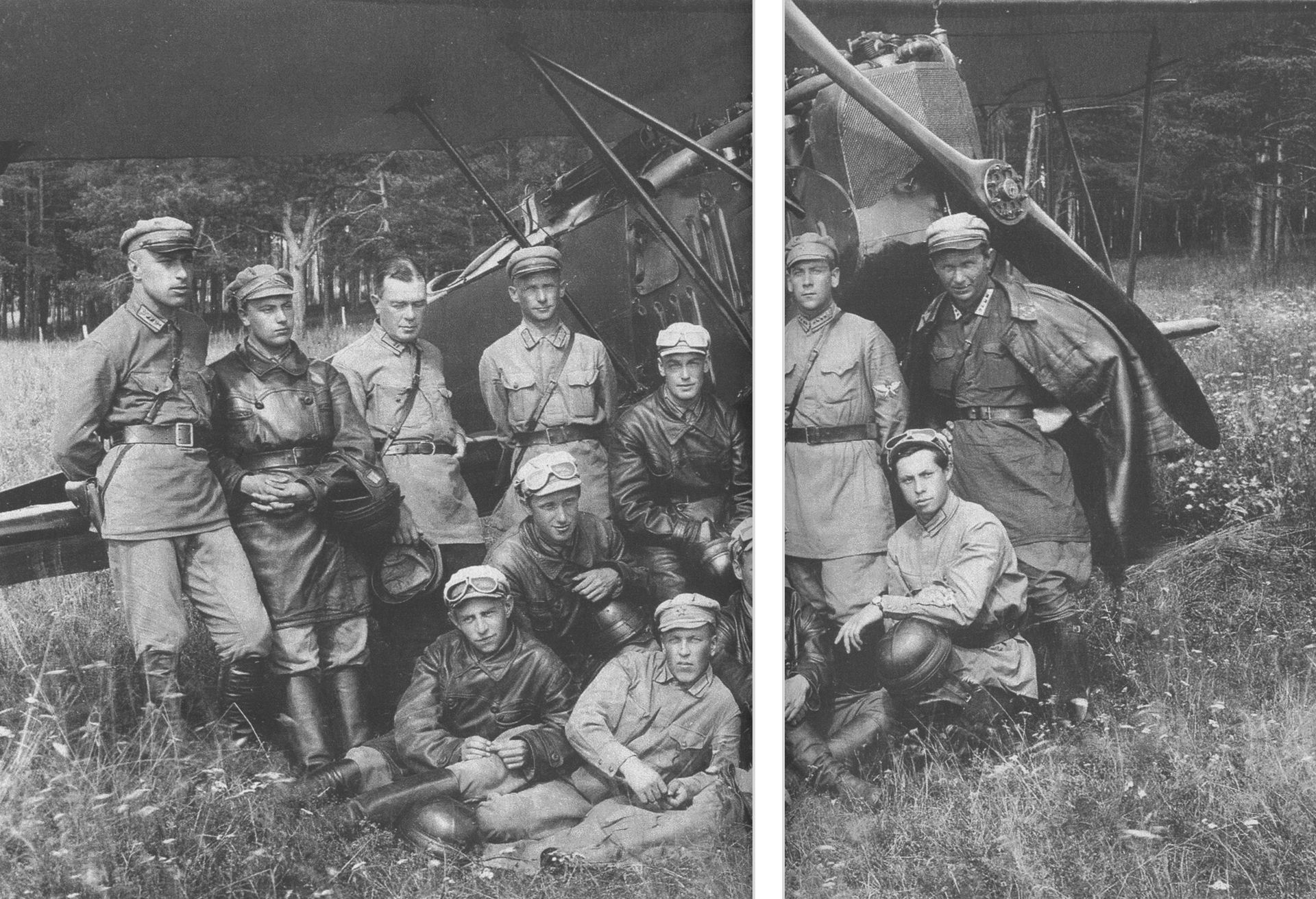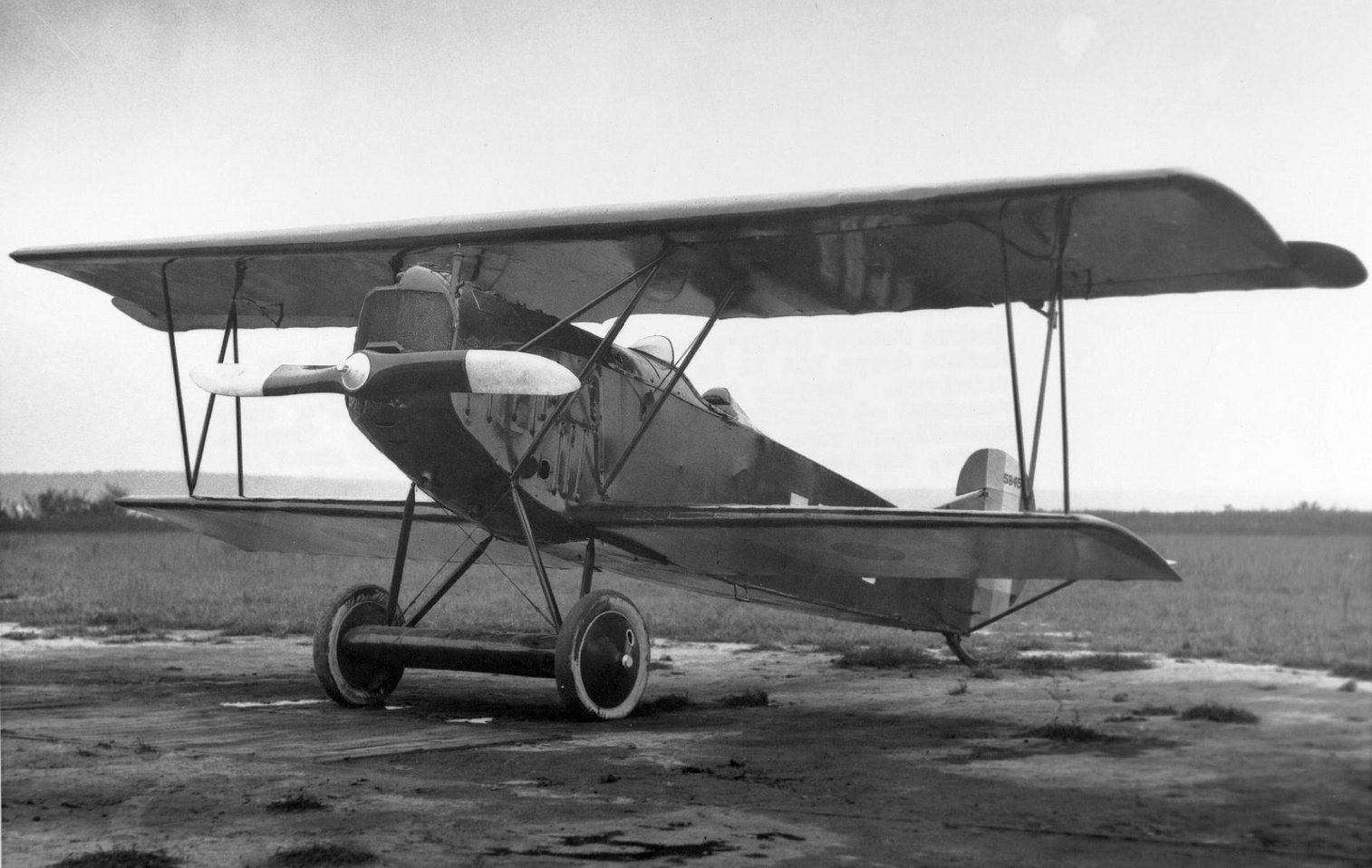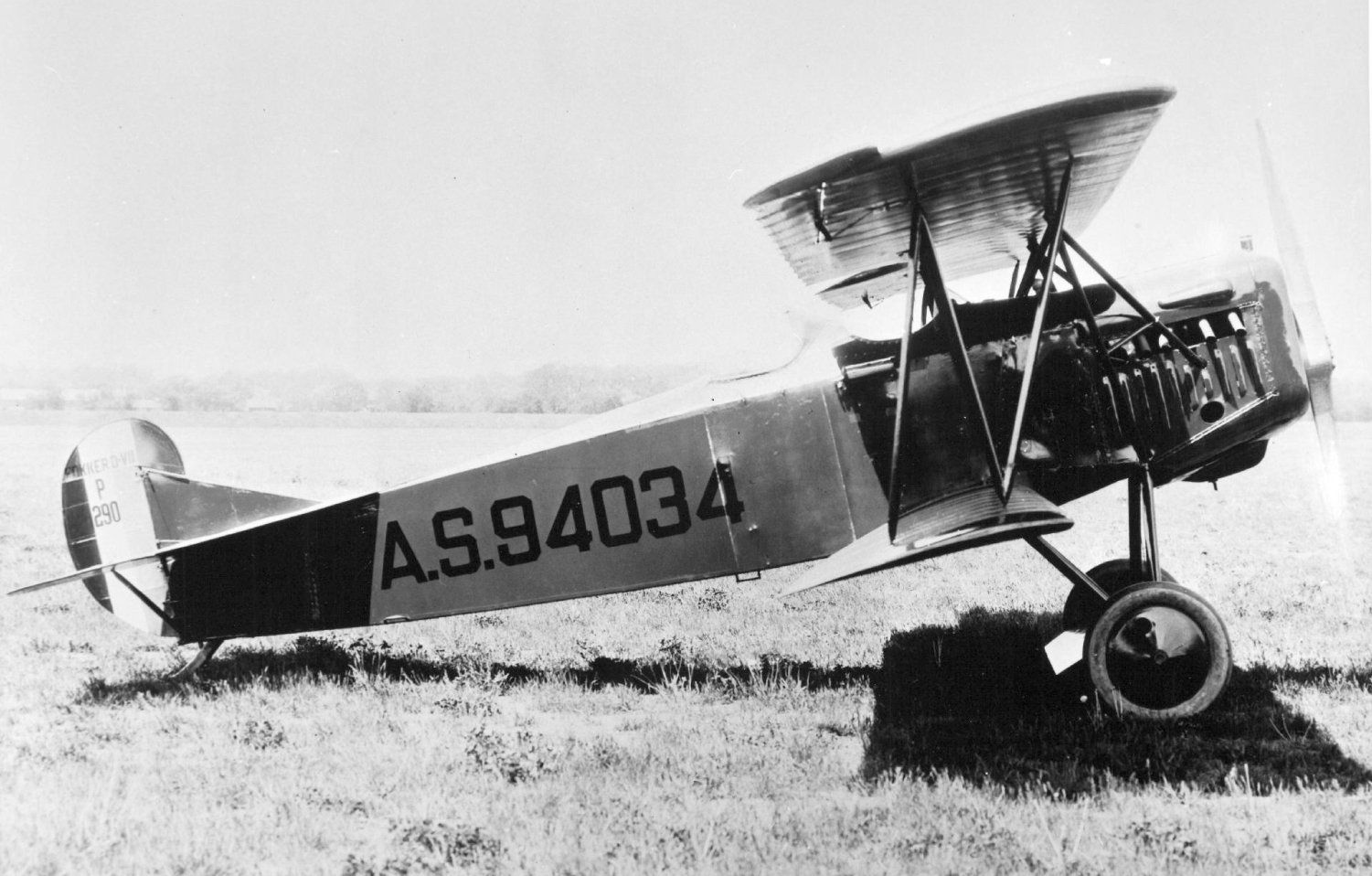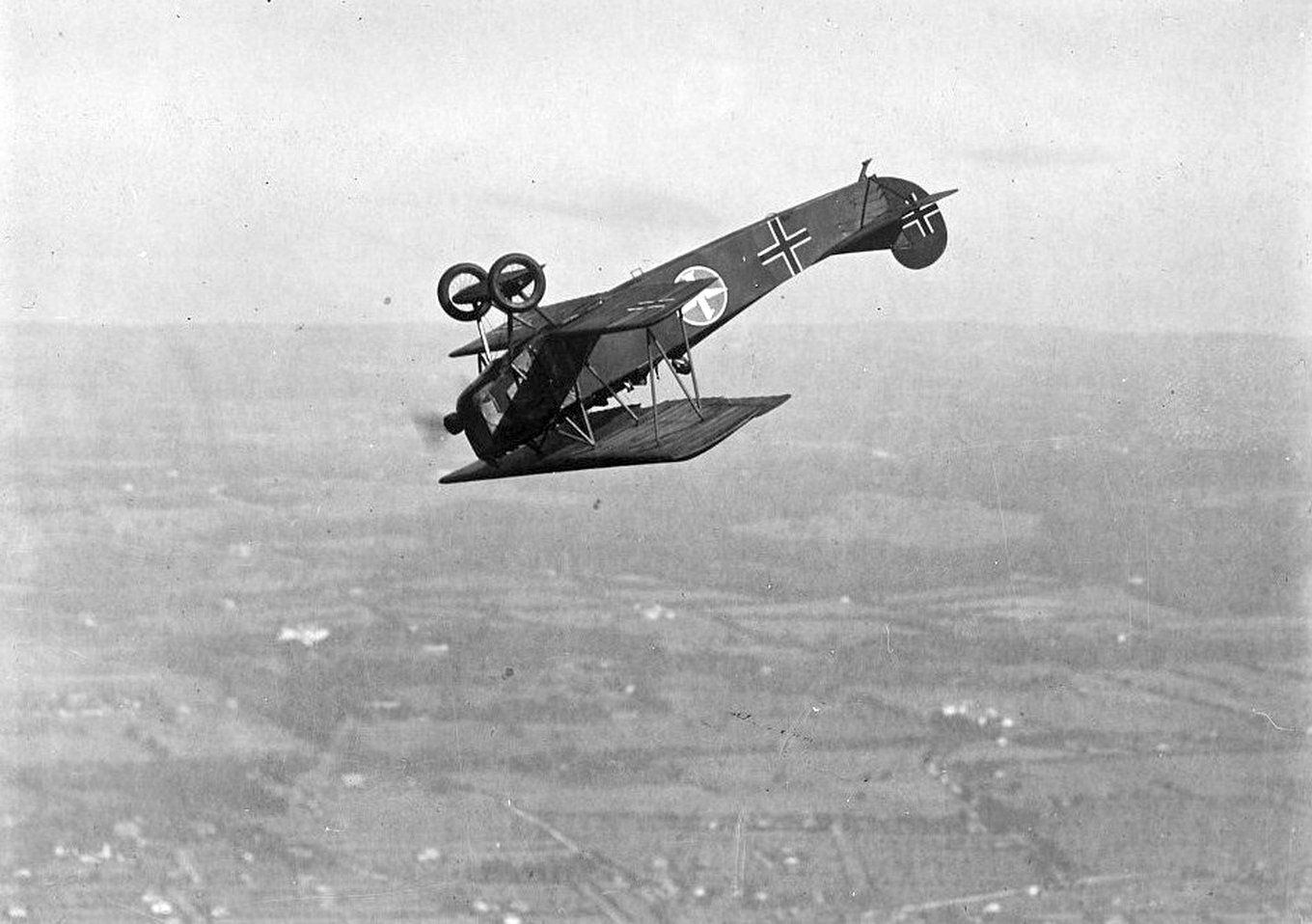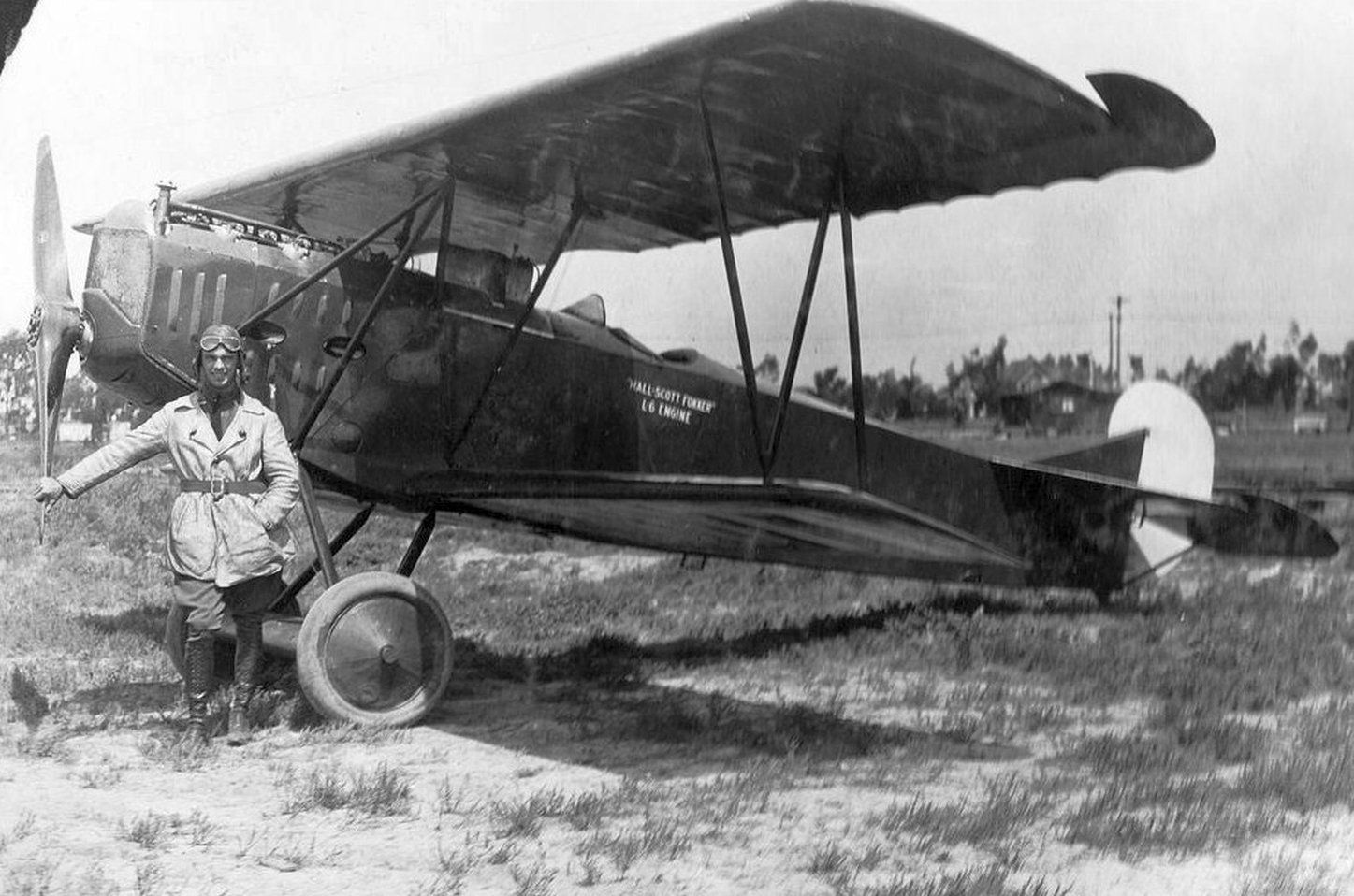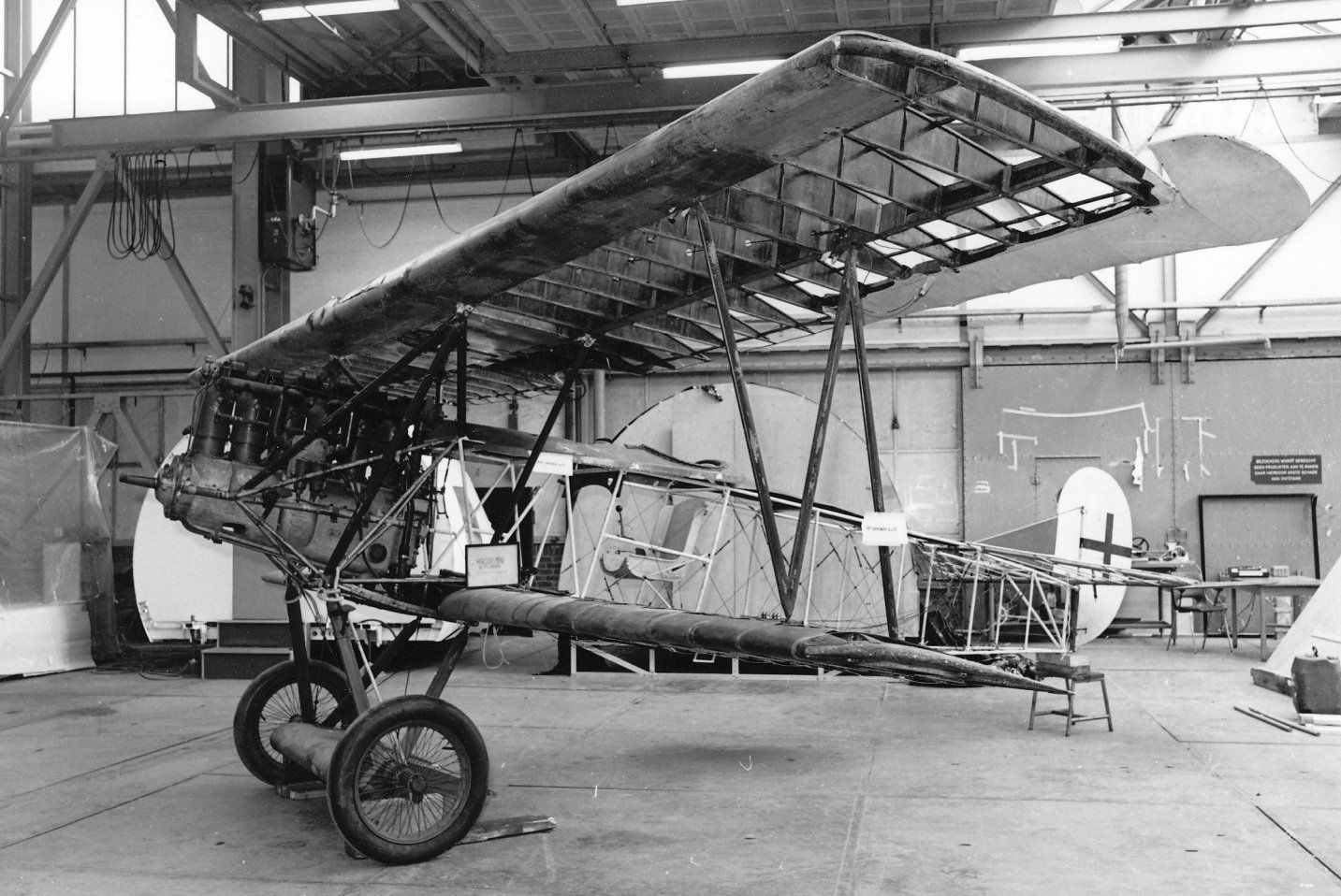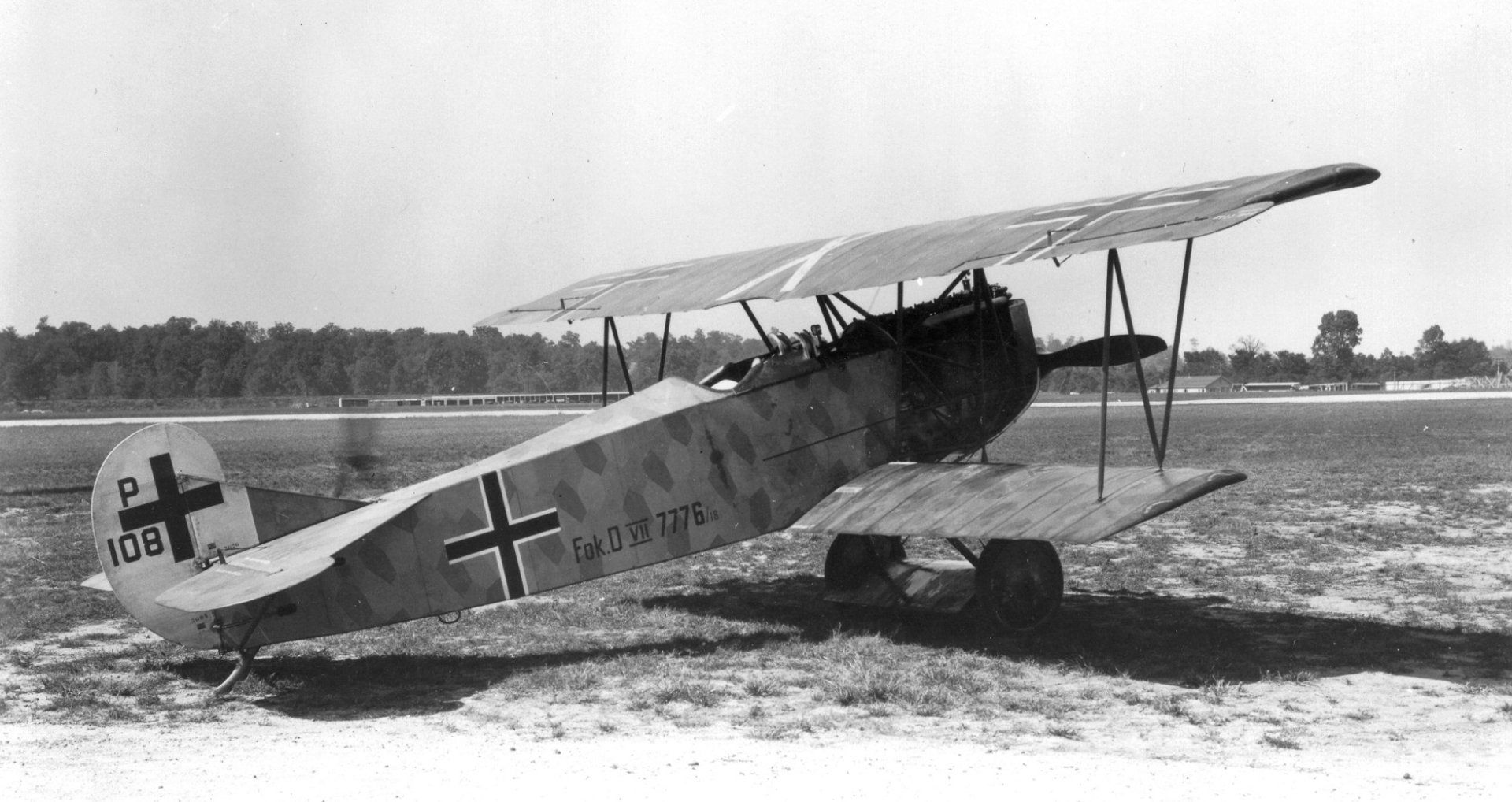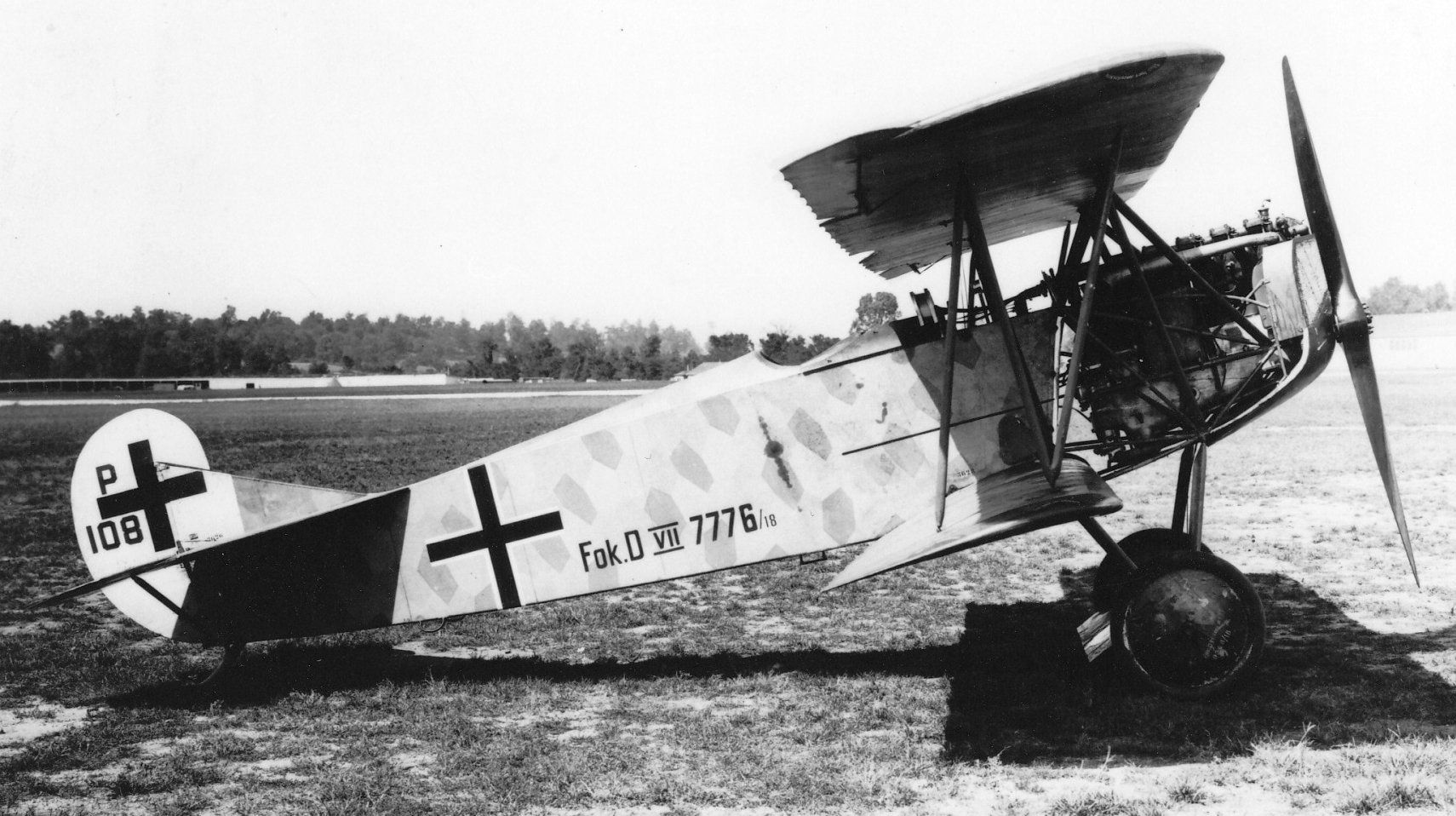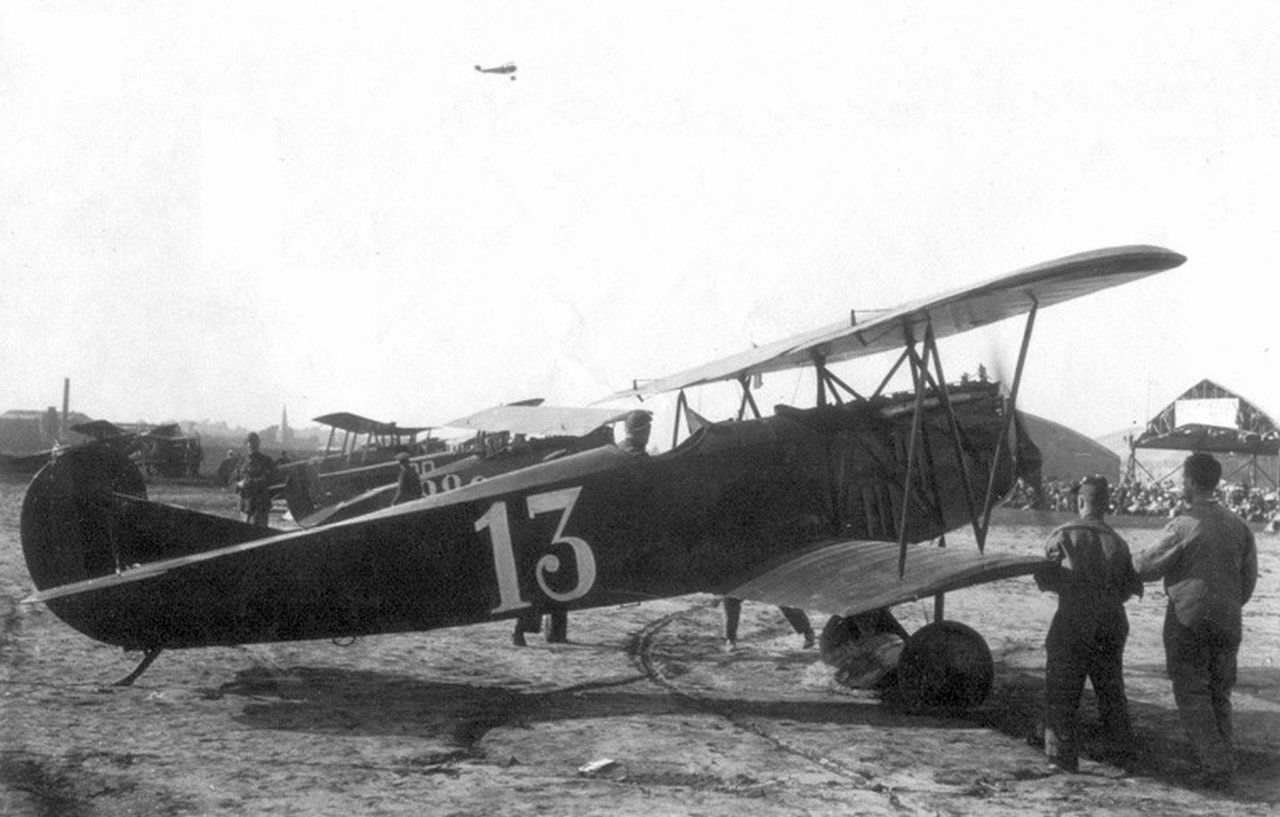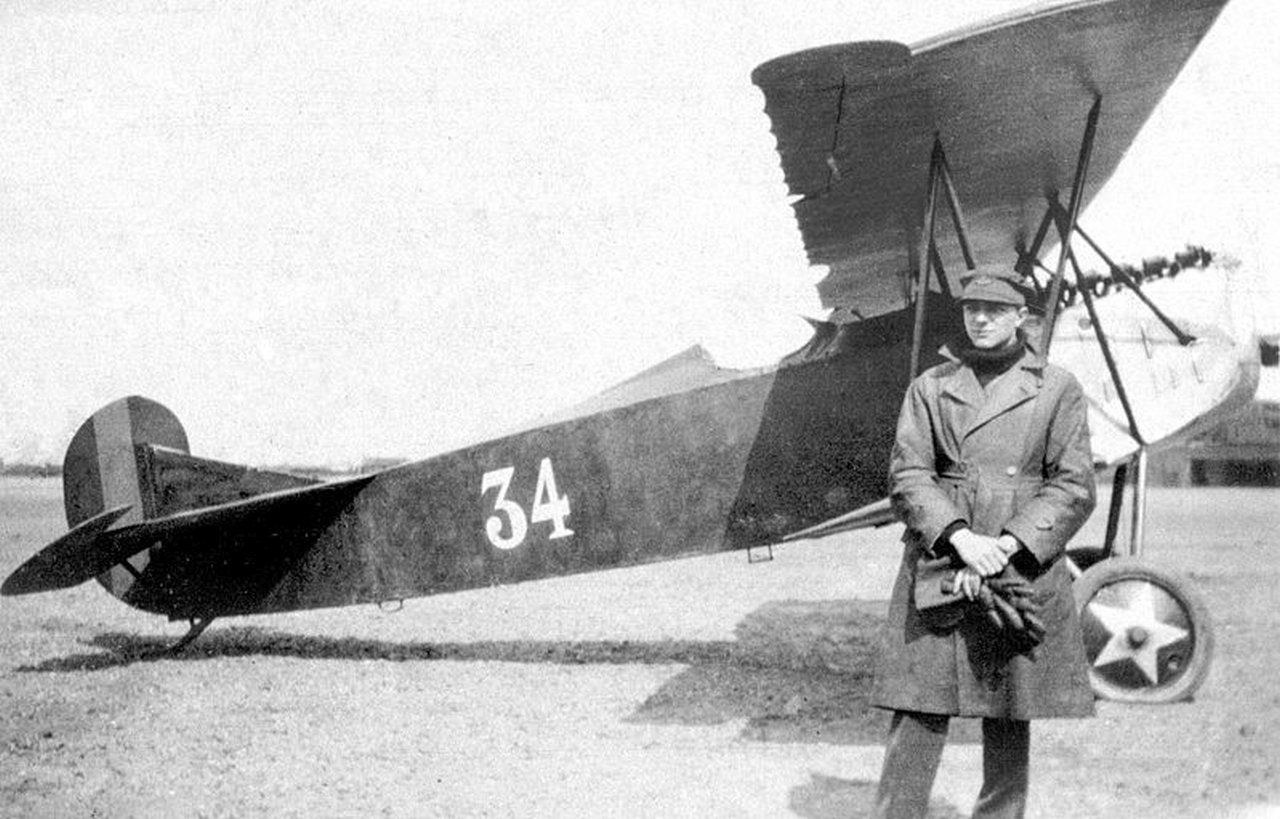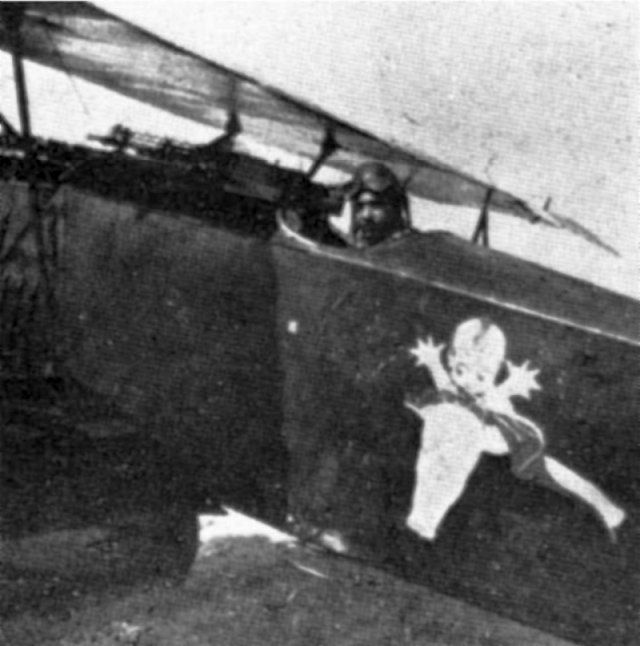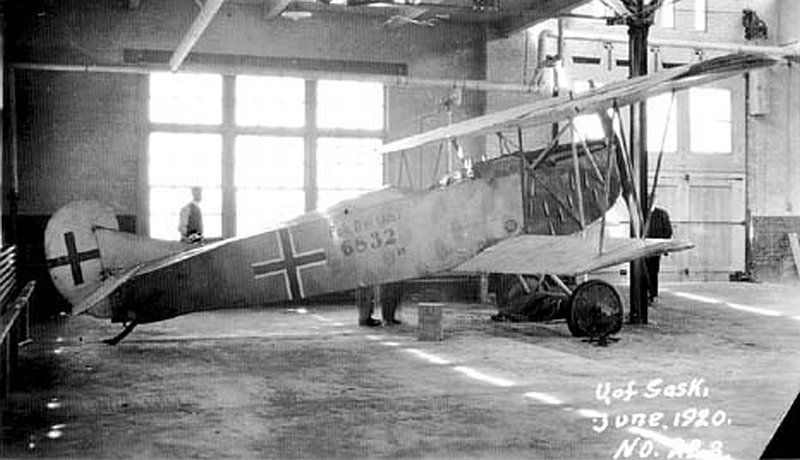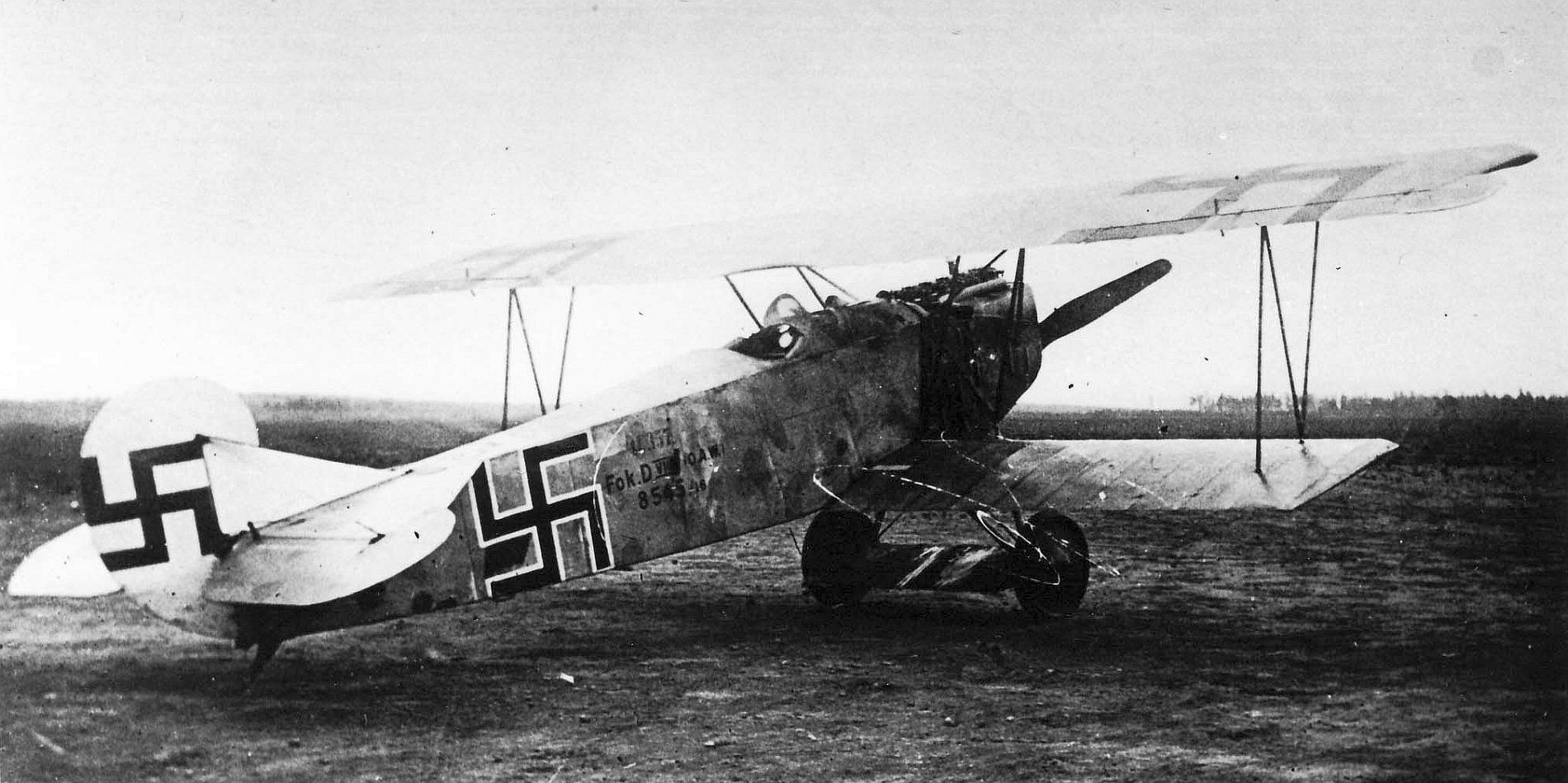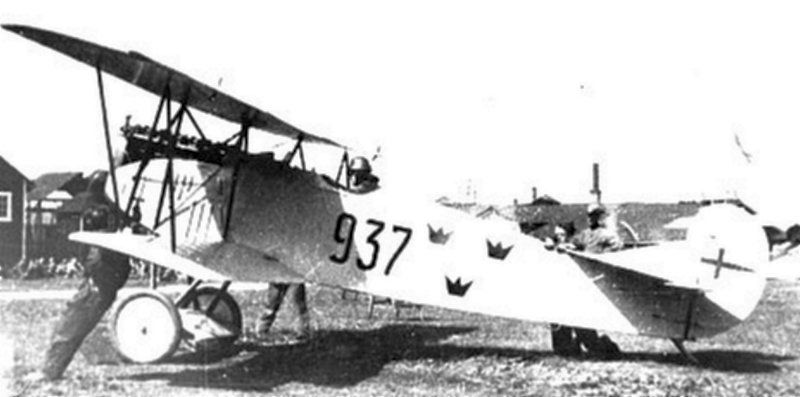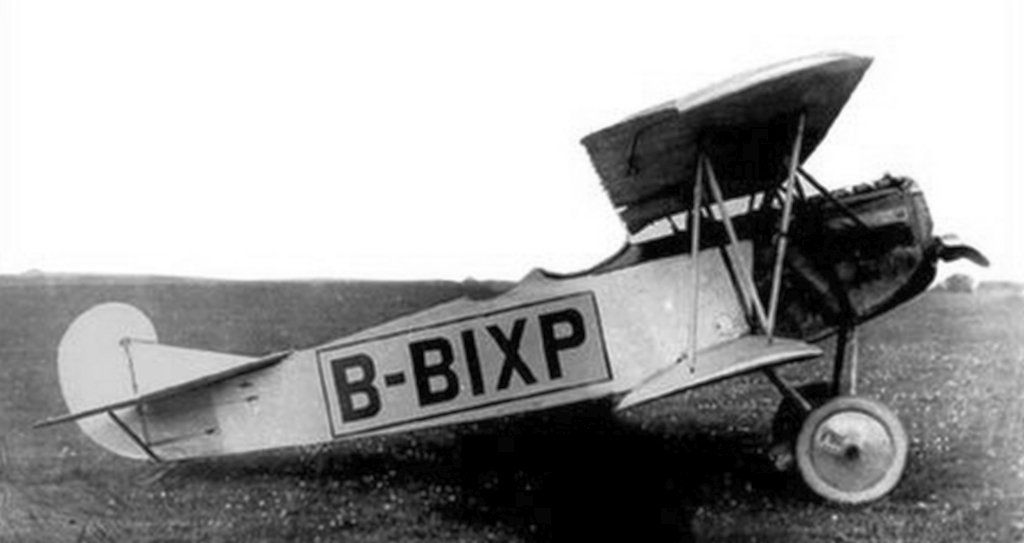The Fokker D.VII
The D.VII designed by Platz did not appear at the front until late in World War I.
Developed from the V.11, the V.18 was eventually adopted by the German Idflieg and saw action as the D.VII in April/May 1918.
It was, both in terms of quality and performance, the best Fokker fighter aircraft used in the First World War.
The aircraft was used in no fewer than nineteen countries, not only during the First World War but in some countries, including the Netherlands, until 1938.
After the Armistice of November 11, 1918, 142 captured D.VIIs went to the United States.
It was the most built Fokker aircraft ever. No less than 3,300 units, of which hundreds were built under license by four different companies.
The German authorities ordered Fokker to have the D.VII built under license by its direct German competitors, Albatros and the Ostdeutsche Albatros Werke.
This was because Fokker had received an initial order from the German army to deliver 400 examples and the German authorities saw that this production could not take place in the overcrowded Fokker factory in Schwerin.
Albatros built more D.VIIs than Fokker himself!
After the First World War, D.VIIs were still produced in the Fokker factory in Amsterdam Noord in 1919-1920, including for the LVA.
In 1922, fifty D.VIIs were sold by Fokker to Soviet Russia. We have made a separate section for this.
In 1929, a number of D.VIIs were built under license in Switzerland for the Swiss Air Force.
Initially, the D.VII was equipped with a 160 hp six-cylinder water-cooled Mercedes D. IIIa inline engine, later a 185 hp six-cylinder BMW IIIa engine was used, which enabled a top speed of 185 km/h.
The BMW engine gave the D.VII a climb rate of 9.5 meters per second.
A later version of the D.VII was fitted with a 230 hp Armstrong Siddeley Puma.
The aircraft on which the BMW IIIa was tested was the “Versuchmachinen” 24, V.24.
The production BMW IIIa were designated D.VII F, the F coming from the surname of the BMW IIIa's designer, Max Friz.
The armament consisted of two 7.92 mm LMG 08/15 Spandau machine guns.
The D.VII also served with the Dutch armed forces.
In October and November 1918, six interned D.VIIs served with the LVA, Aviation Department.
In 1920 Fokker built twenty-two examples for the LVA, which remained in service until 1938.
Twenty of these were in service with the MLD, Naval Aviation Service, from 1920 to 1937.
And in Indonesia six of them flew with the KNIL, Royal Netherlands East Indies Army.
There are still original copies in museums in Canada, England, Germany, France, the USA and in the Dutch NMM, National Military Museum in Oesterberg.
There are dozens of static and flying replicas of the D.VII worldwide.
Click on the photo to enlarge the photo
We have classified the many photos by country, click on the country name to go to the relevant photos
Germany / Netherlands LVA / Netherlands MLD / Dutch East Indies LA/KNIL / Fokker Amsterdam-North / Soviet Union
United States / Belgium / Poland / Austria-Hungary / Denmark / Lithuania /
Other countries (France, Canada, Finland, Switzerland, Sweden, Czechoslovakia, Great Britain).
Germany
Nederland LVA
Netherlands MLD
Dutch East Indies LA/KNIL
Fokker Amsterdam-North
Russian D.VIIs
In 1922, fifty D.VIIs were sold by Fokker to Soviet Russia.
These aircraft had once been part of the famous train transport from Schwerin to Amsterdam in 1919.
The construction numbers were 10, 20, 25, 31-33, 38, 40, 45, 49-52, 54, 56-75, 82-88 and 92-100.
These fifty D.VIIs, together with three CIs, were transported on the steamers Warschau and Johanna to Petrograd, where they arrived on 16 May 1922.
The aircraft were delivered as a kit, with fuselage and wings packed separately. Fokker's mechanic Hans Schmidt assisted with the assembly in Russia.
The D.VIIs were stationed in Petrograd and Kiev. In 1925 they were replaced by Fokker D.XIs, but remained in service as trainers. The last was scrapped in 1931.
In Russia the F.VII was known as the FD-VII.
Sources Russian D.VII:
Hugo Hooftman (1962): From Brik to Starfighter part 1
Lennart Andersson (1994): Soviet Aircraft and Aviation 1917-1941
Gennady F. Petrov (2014) : Поколение Чкалова (The Chkalov Generation) 1920-1930
Andrej Averin (2021): email correspondence
United States
After the armistice on 11 November 1918, American troops began to seize German aircraft at a rapid pace and ship them to America. The largest number of these were the D.VII, with a number of brand new aircraft from the various production lines also being seized.
When the Treaty of Versailles was later concluded and the American Congress refused to sign it, they lost their right to share in the spoils of war, including many D.VIIs.
However, the nearly 150 D.VIIs that had already found their way to America remained there.
In April 1919, three sets of five D.VIIs were shown to the American public for the first time in the Victory Loan Drive. The purpose of this drive was to subscribe to a loan to the government. The aircraft still flew in their full German colours and many other D.VIIs in service with the Army Air Service continued to do so for many years.
A number were fitted with American Liberty, Packard or Hall Scott engines and tested extensively. A number of aircraft factories also had these Fokkers at their disposal, particularly for a study into the construction of steel tube fuselages.
A limited number of the decommissioned D.VIIs went to private individuals, but the number of airworthy aircraft declined rapidly over the years.
The film industry was still a major user of refurbished D.VIIs in the late twenties. A number of them were still seen in 'Hell's Angels' in particular. These were supplemented by refurbished Travel Airs that were known as 'Wichita Fokkers'.
Belgium
Poland
Austria-Hungary
Denmark
Other countries
Video's




